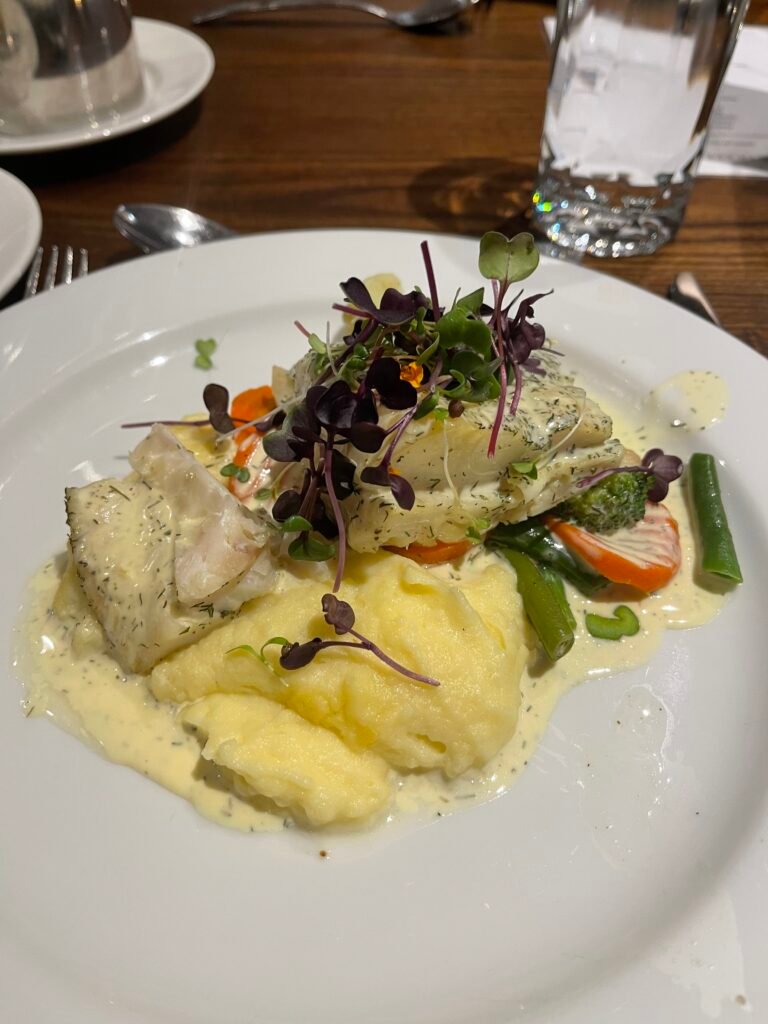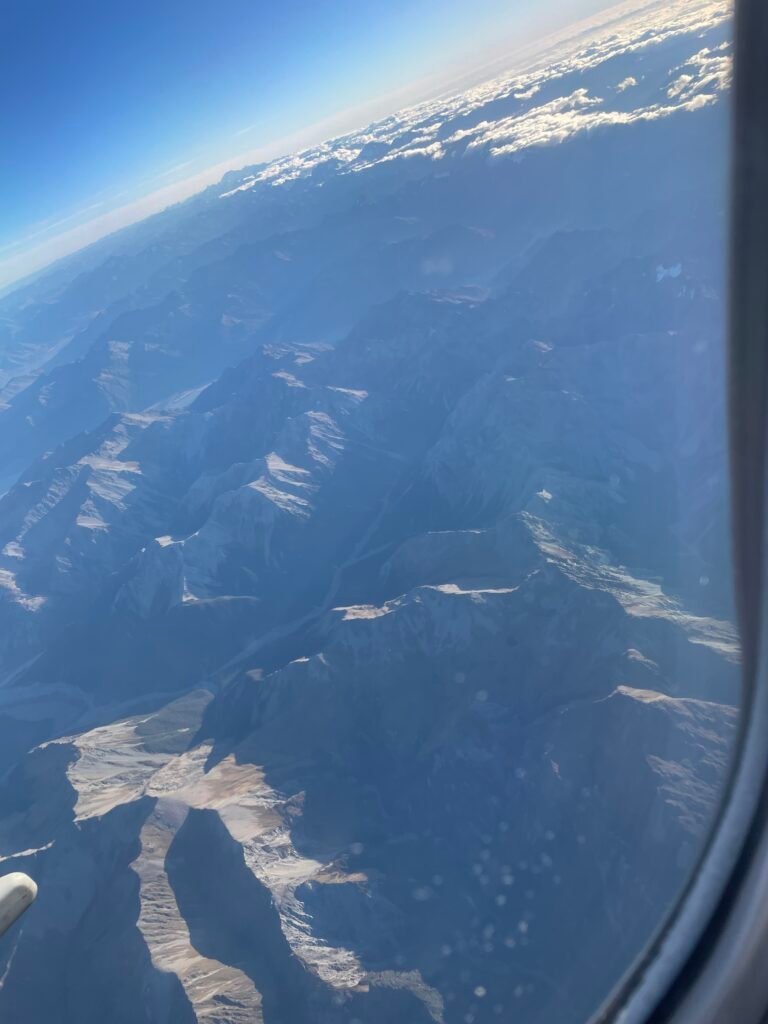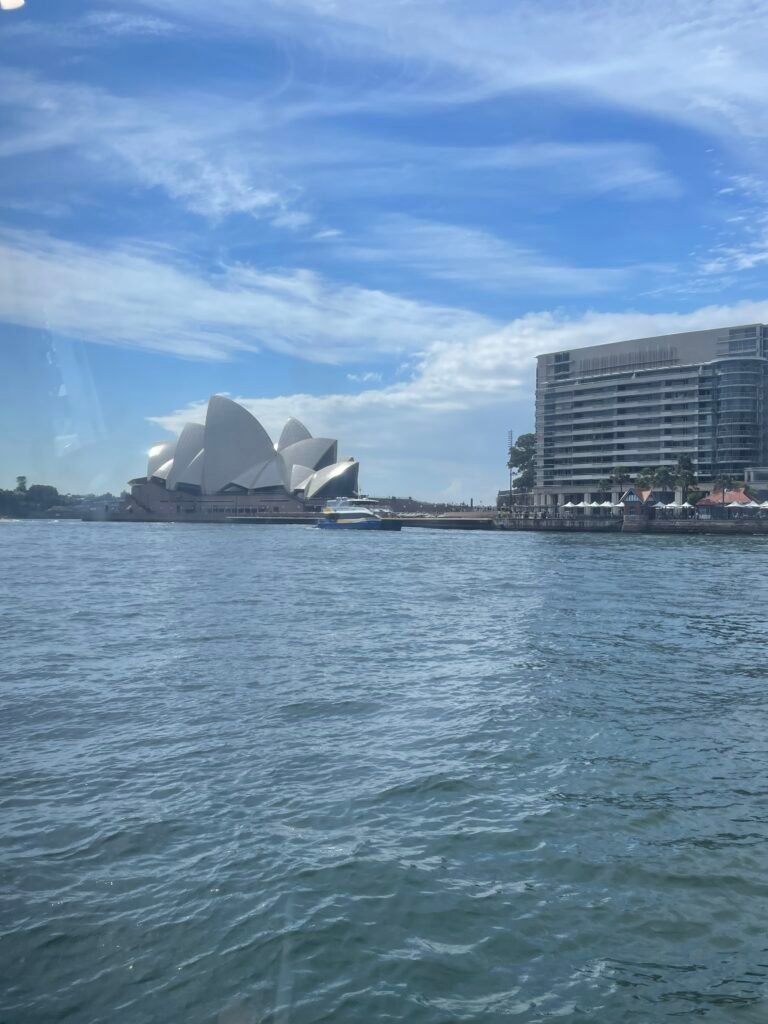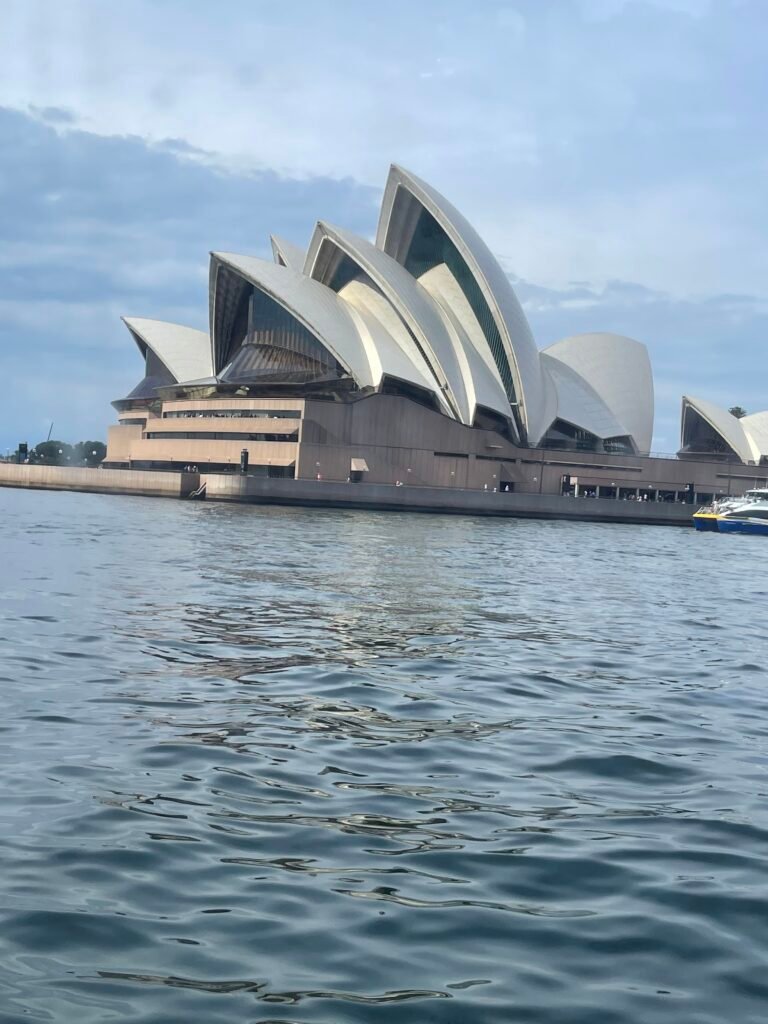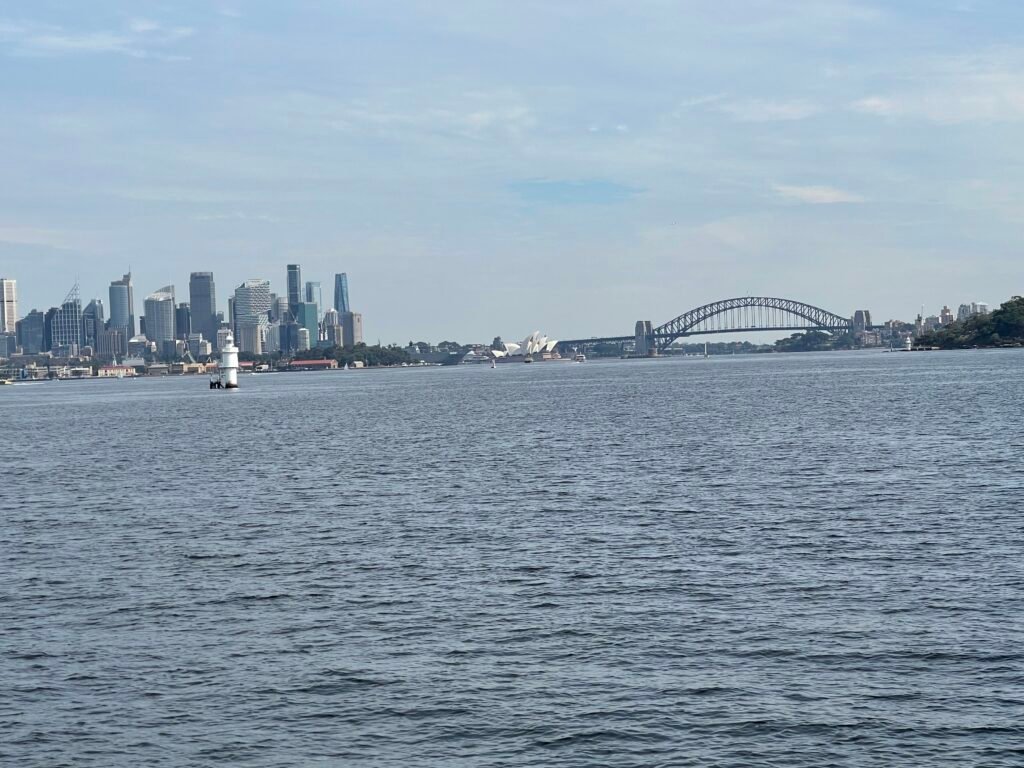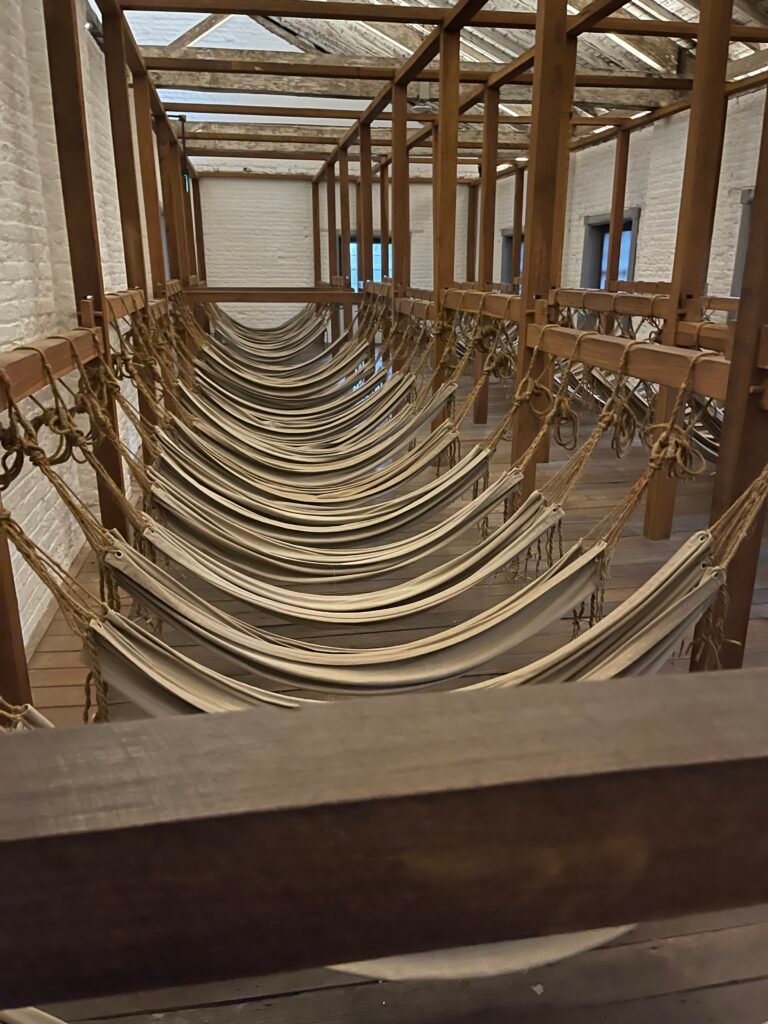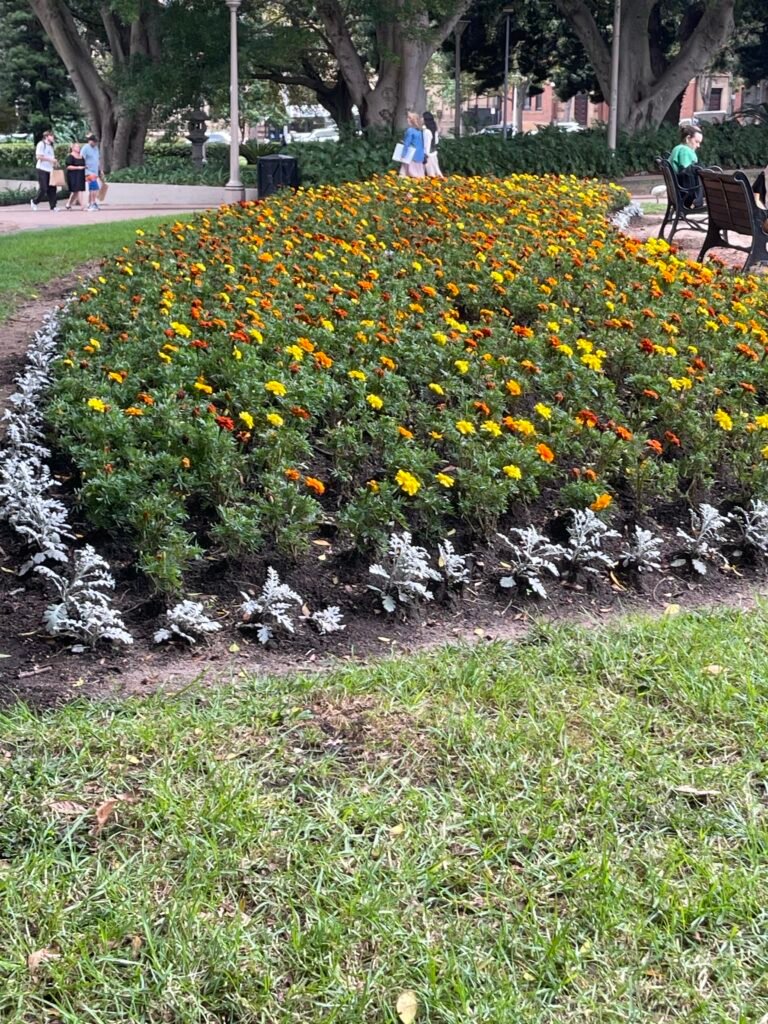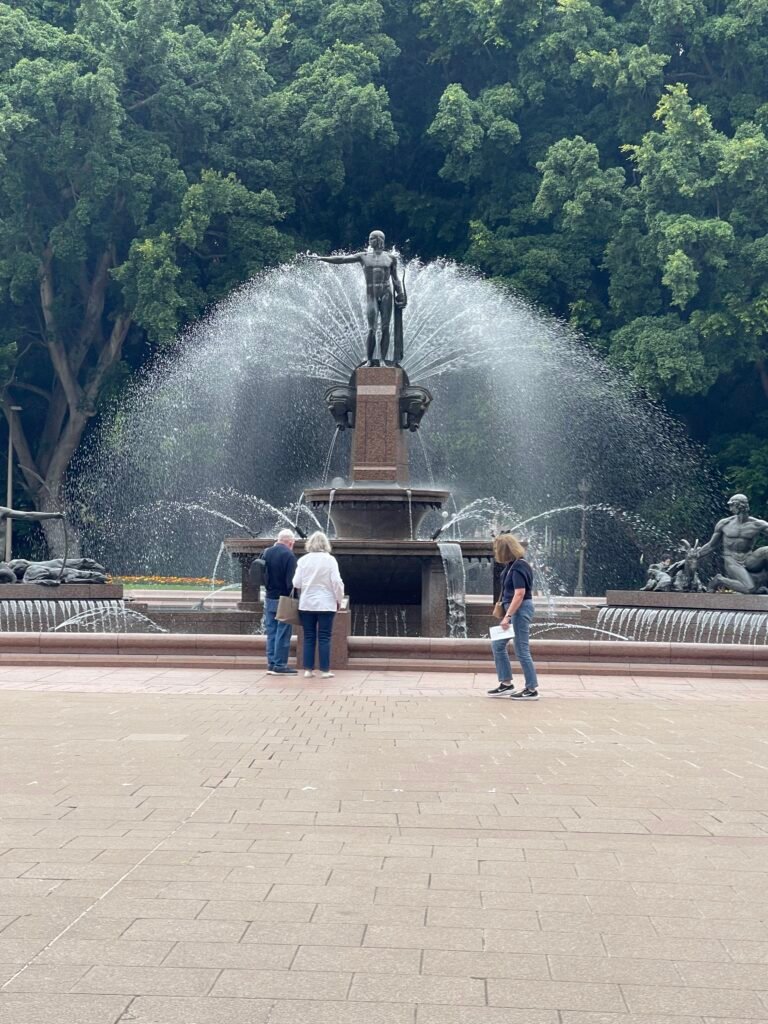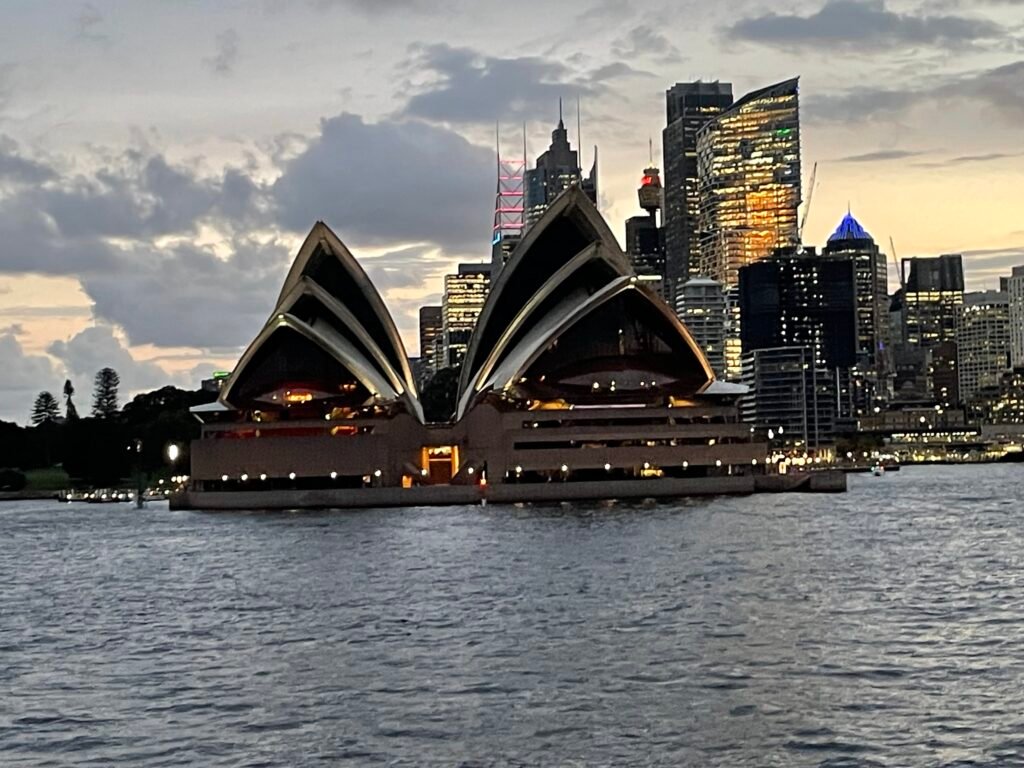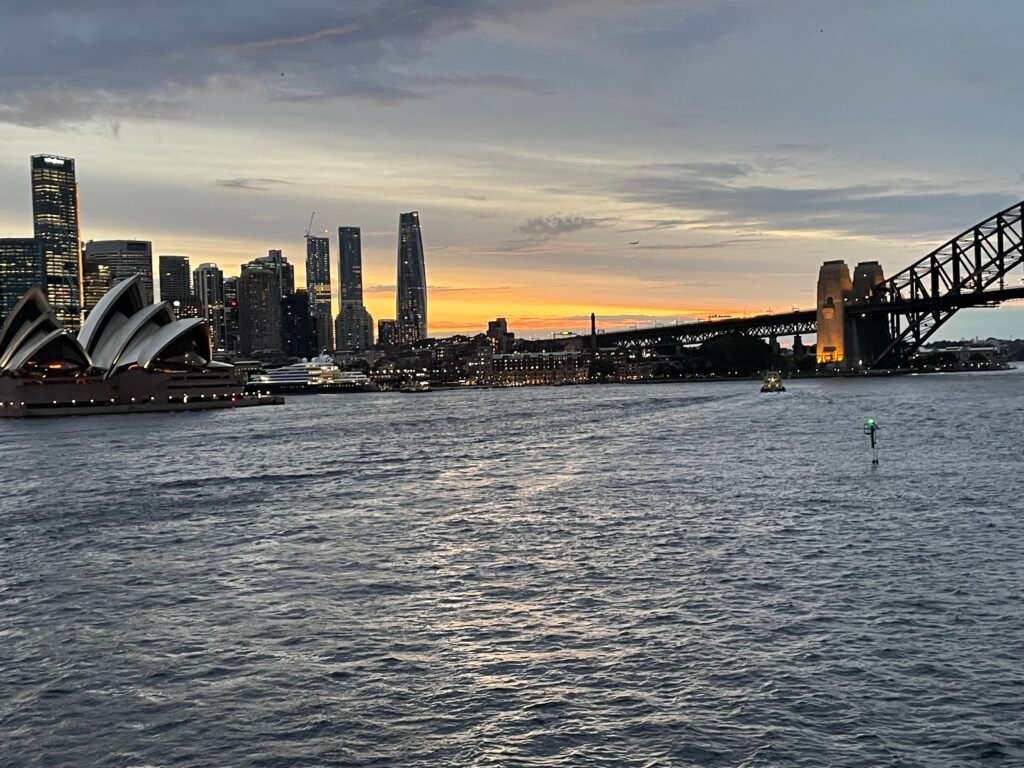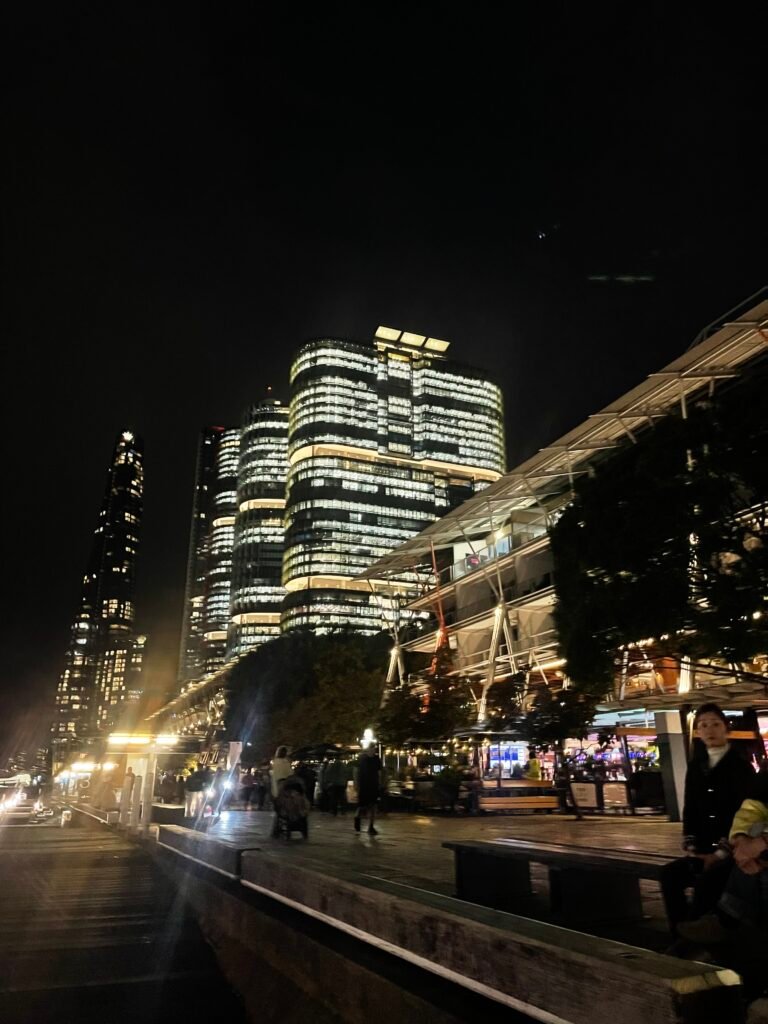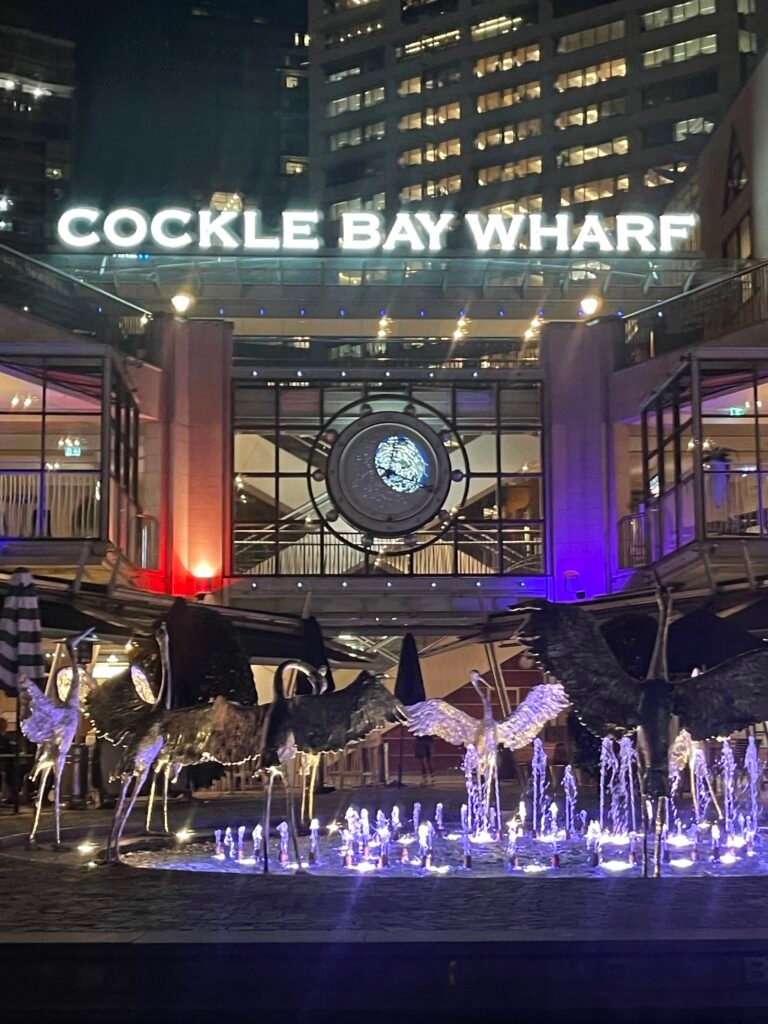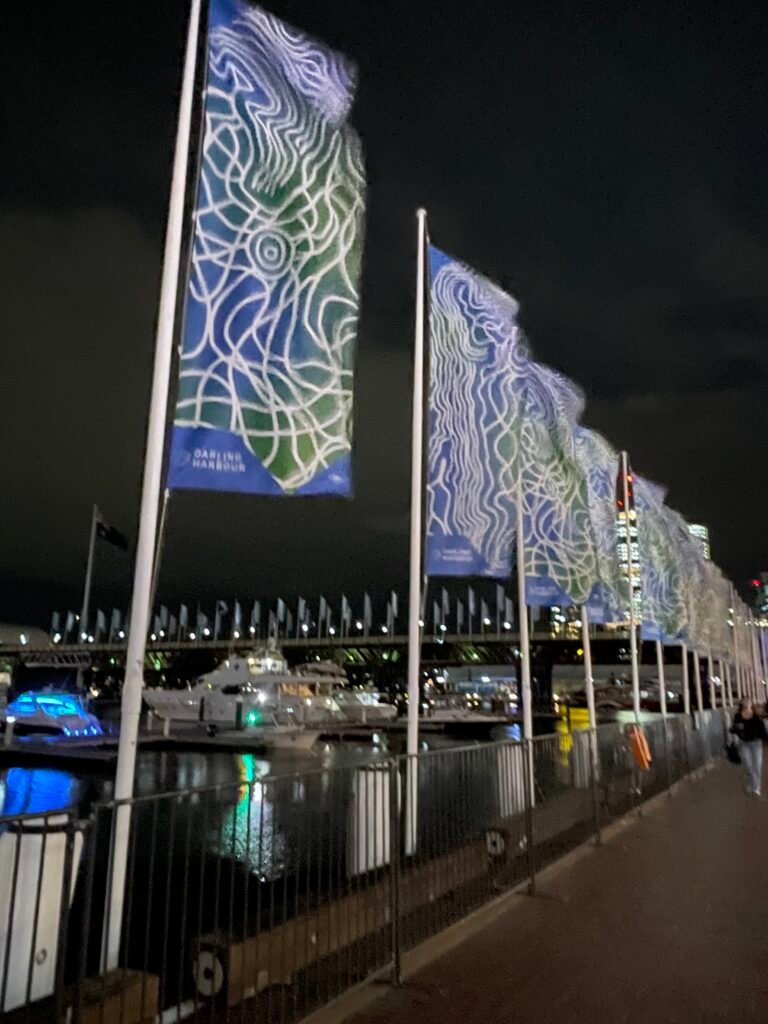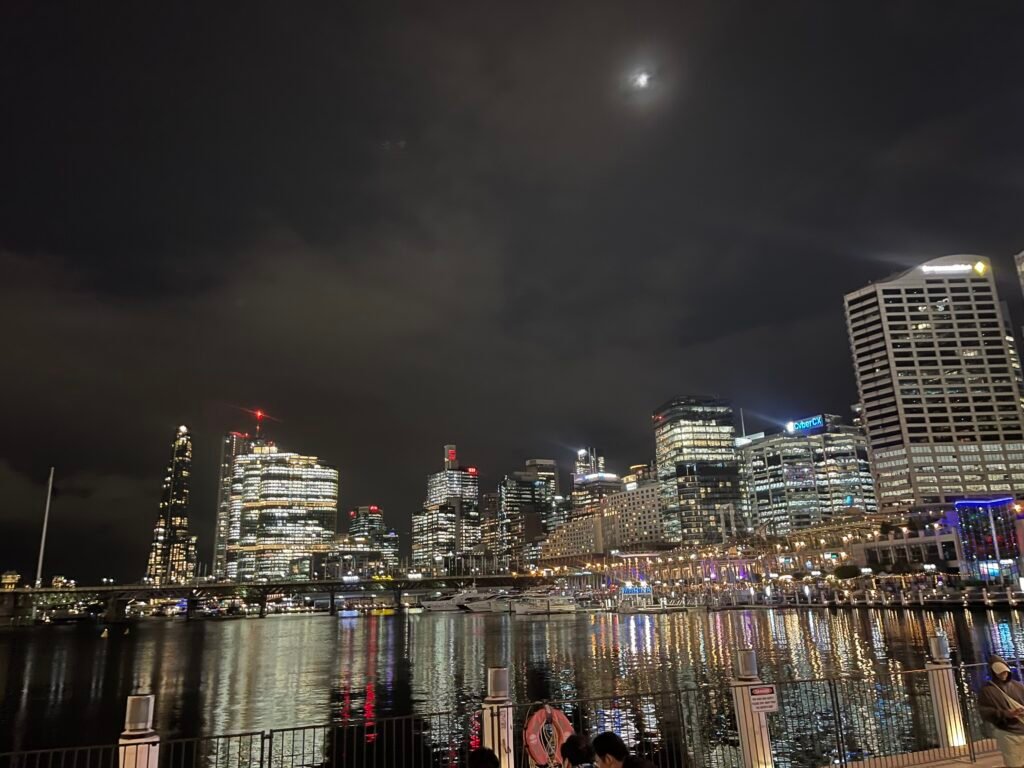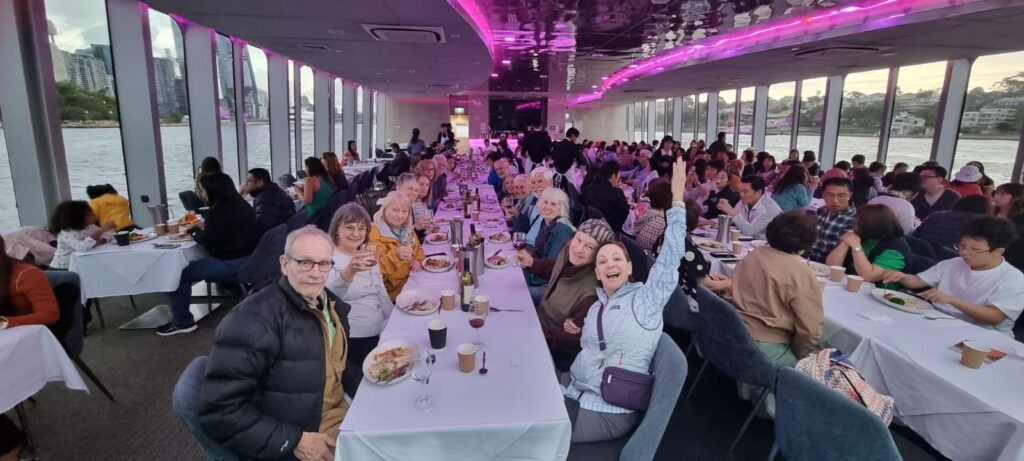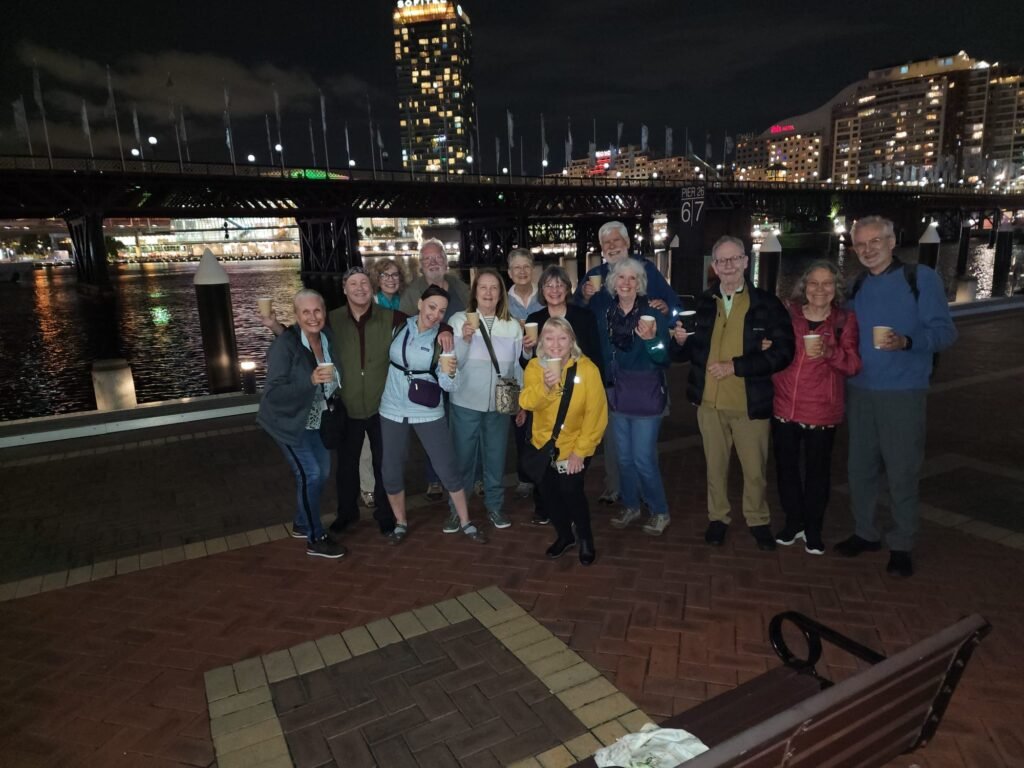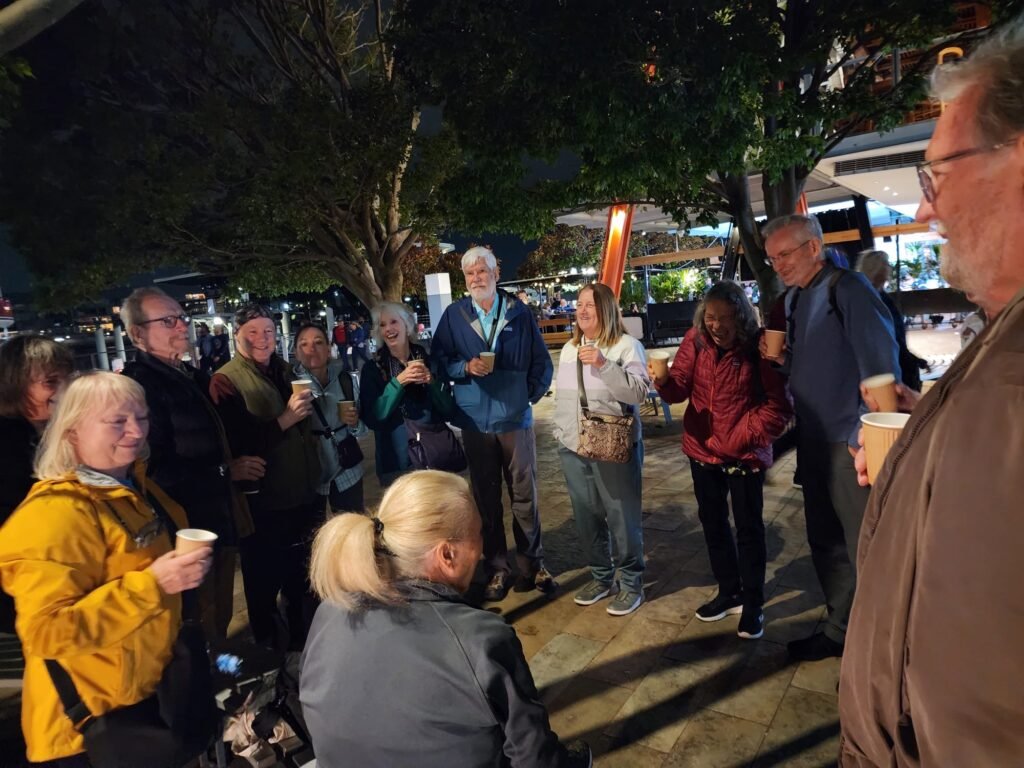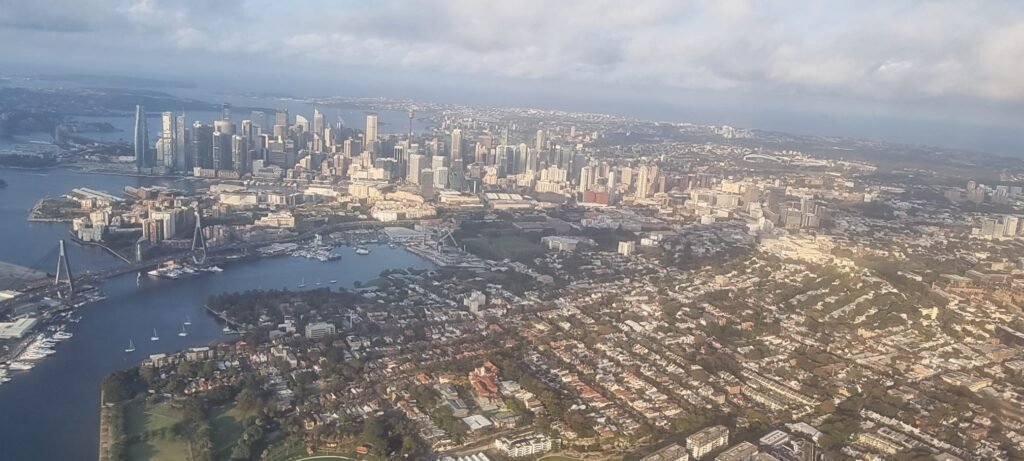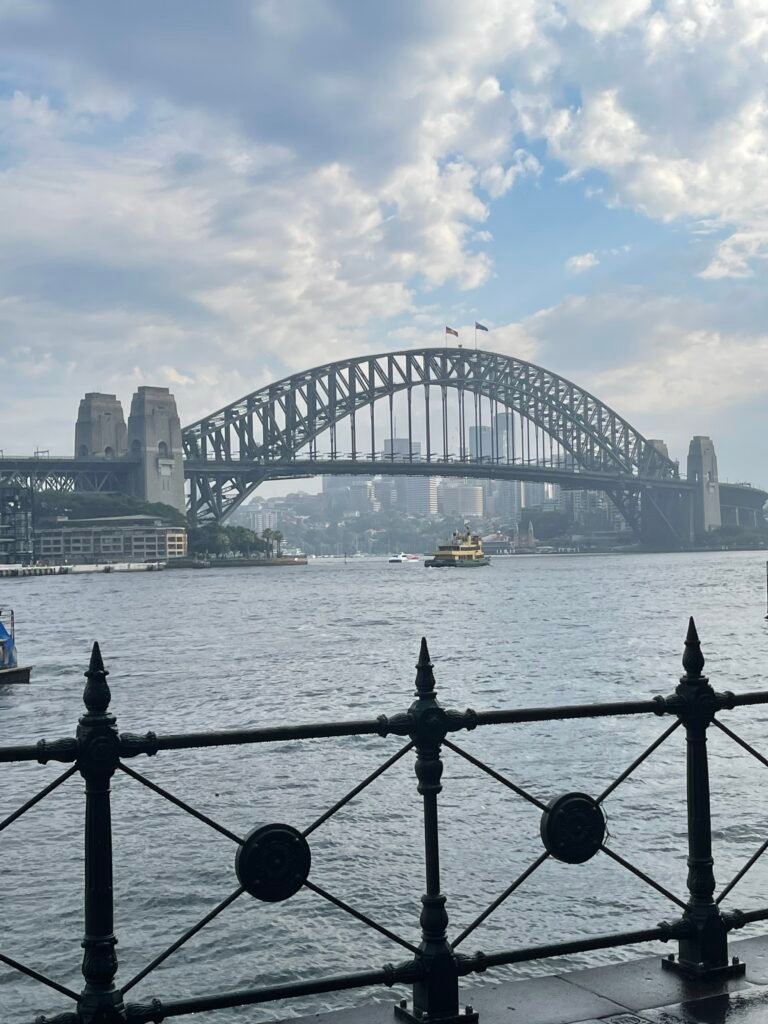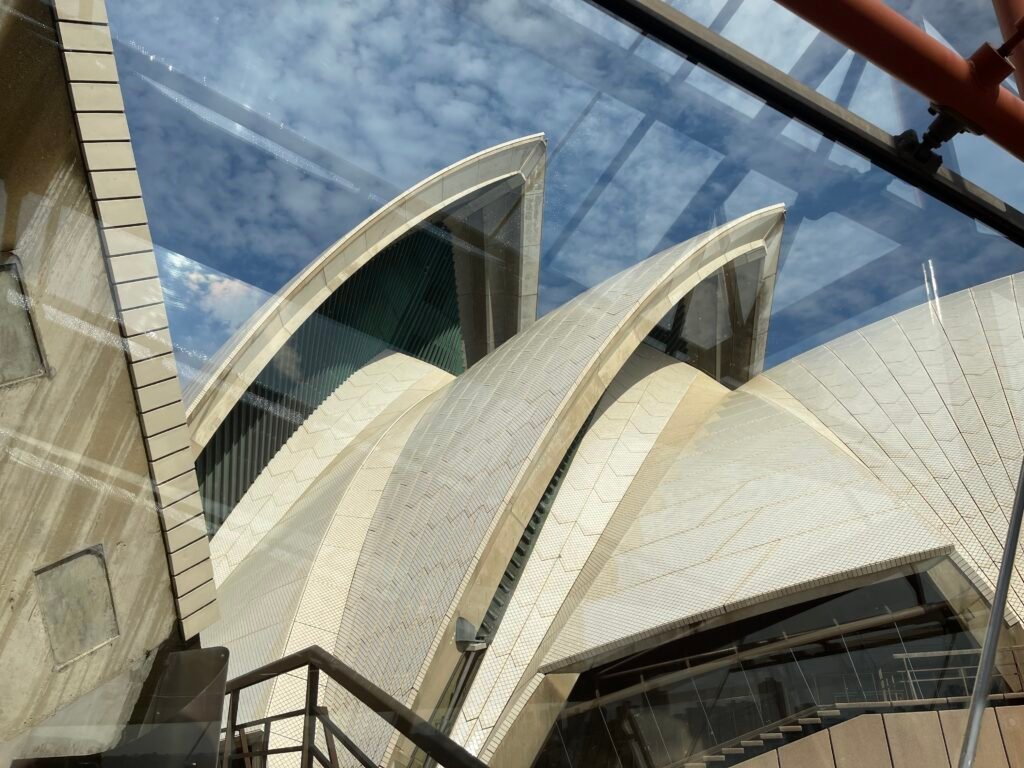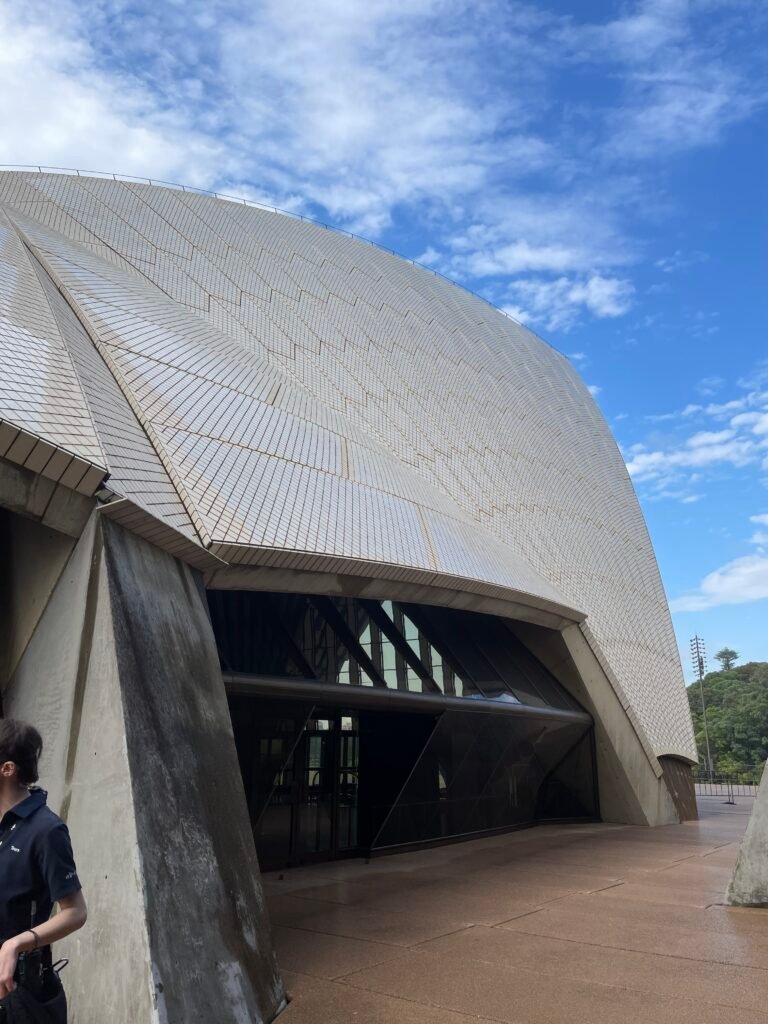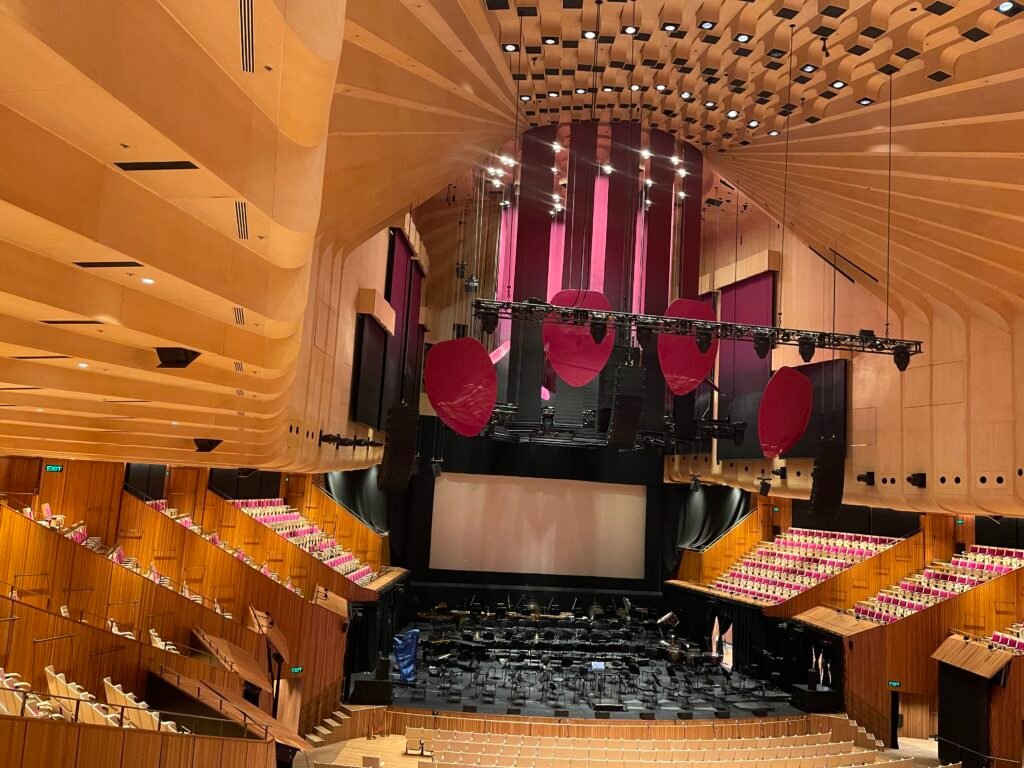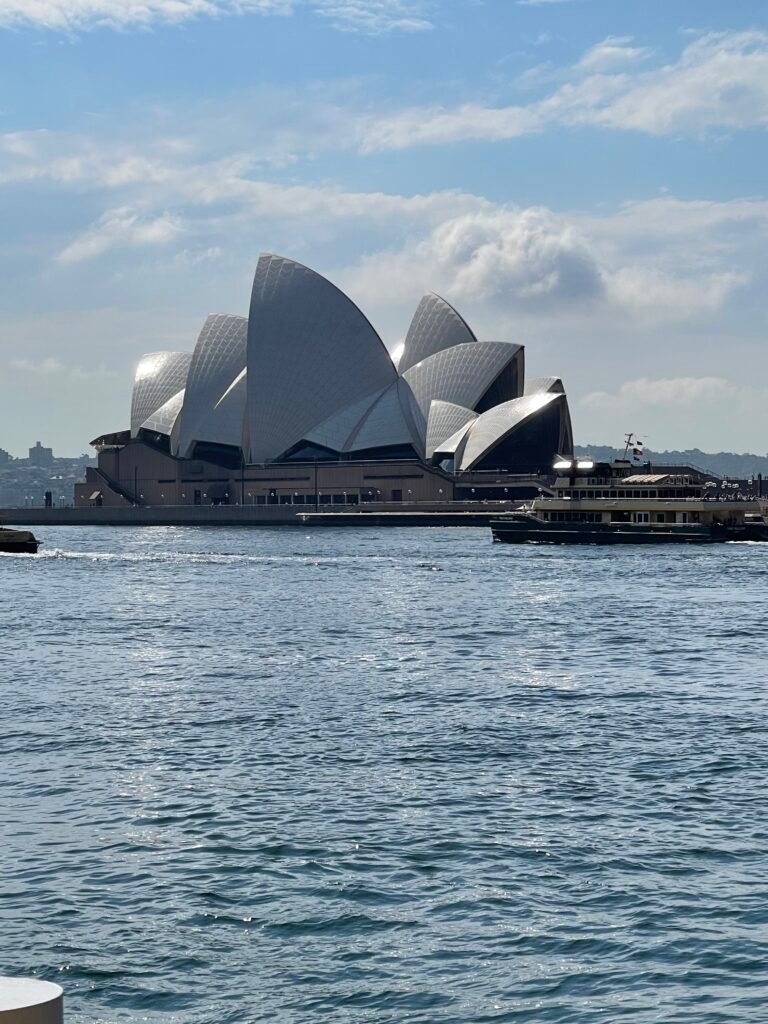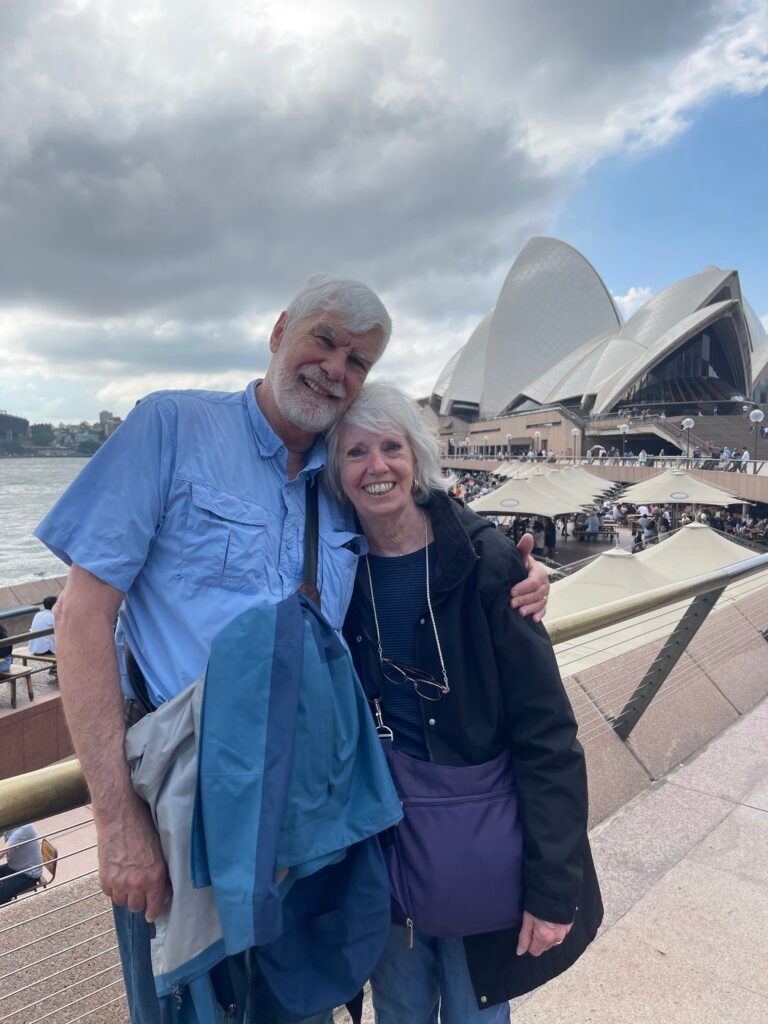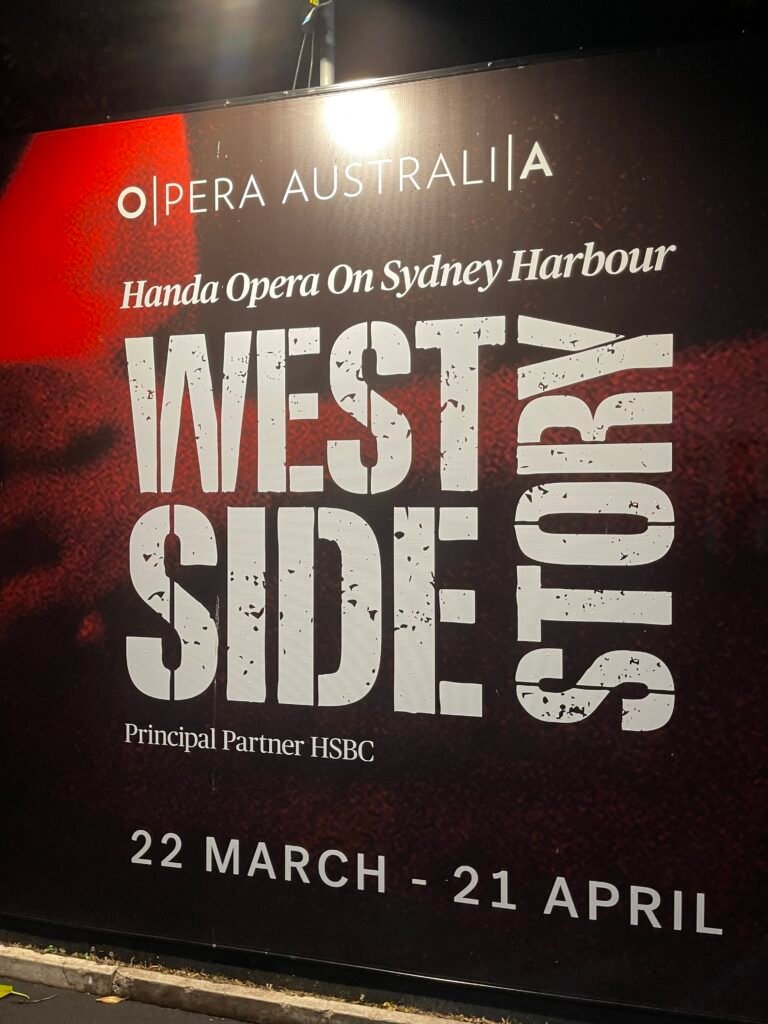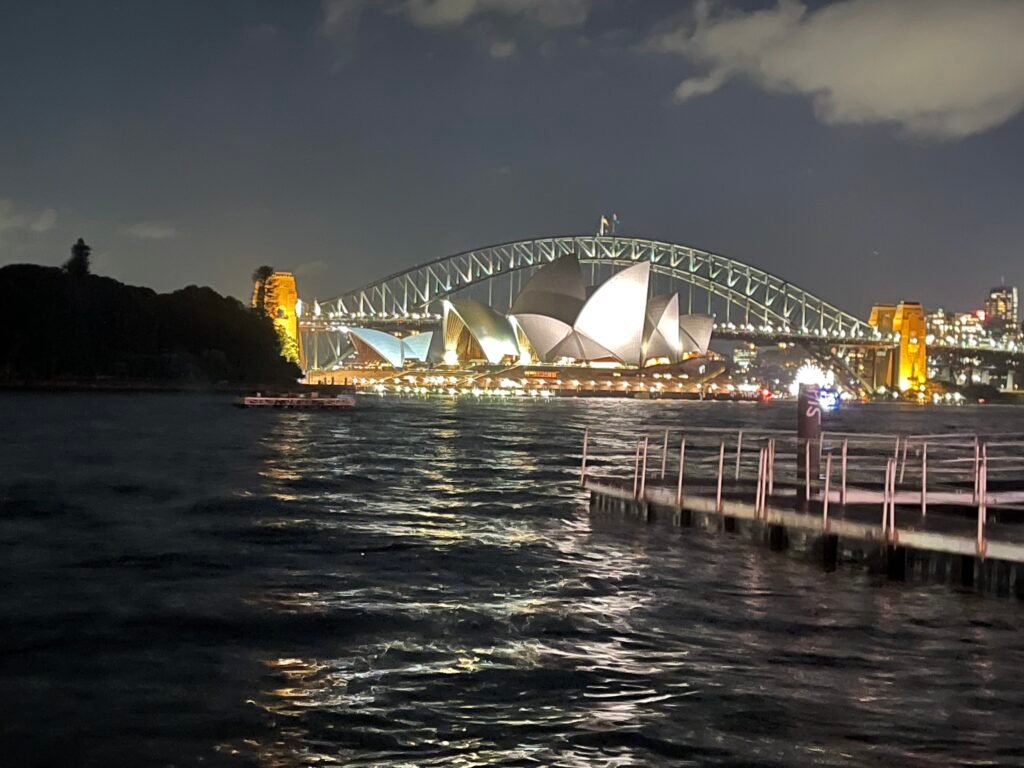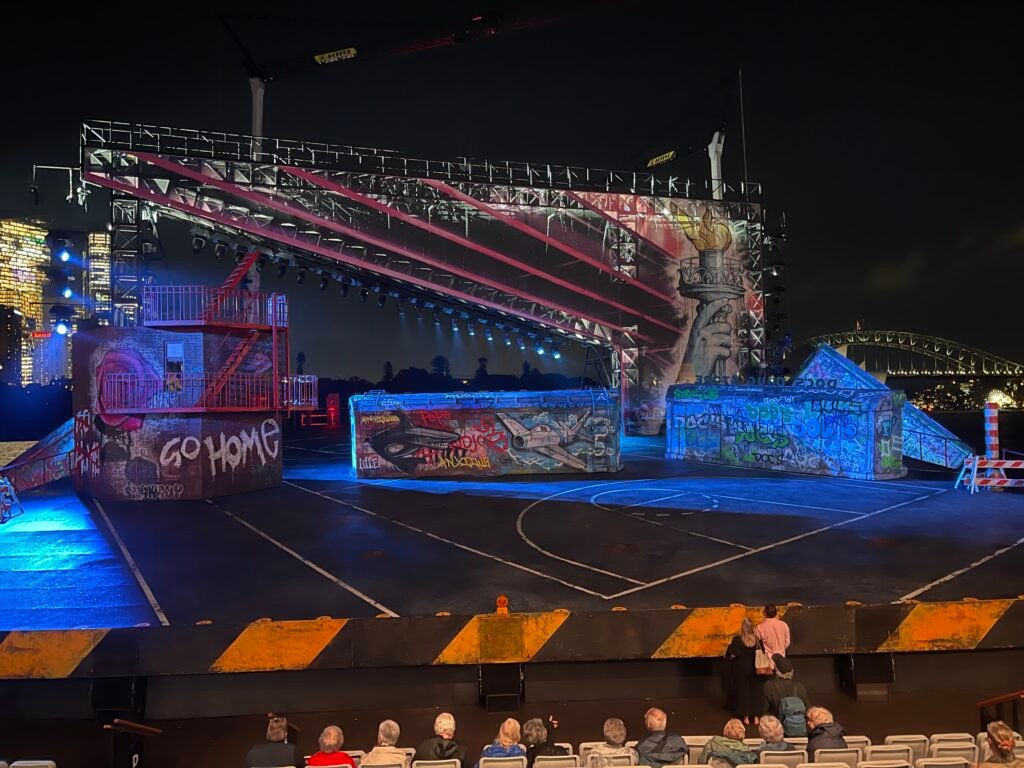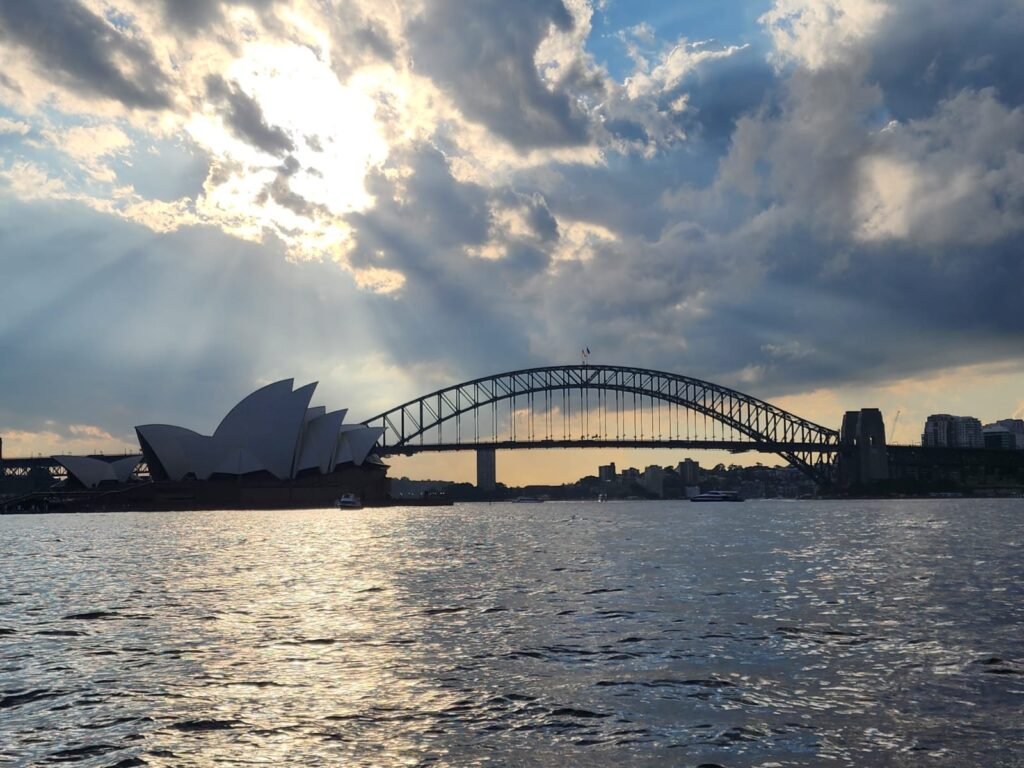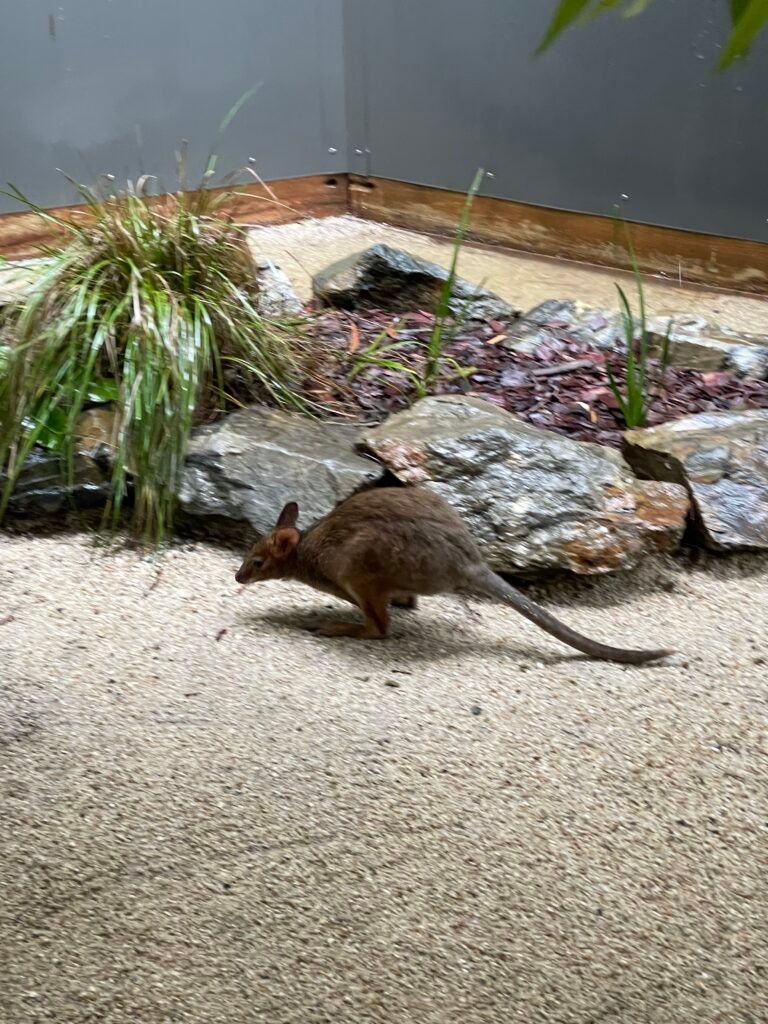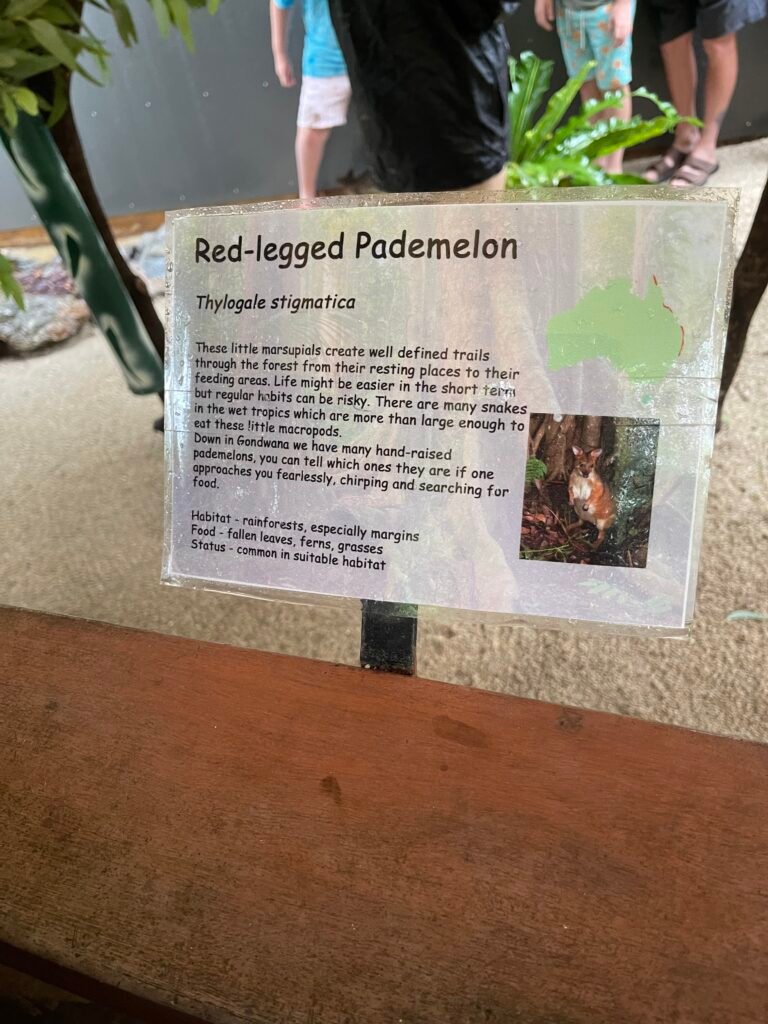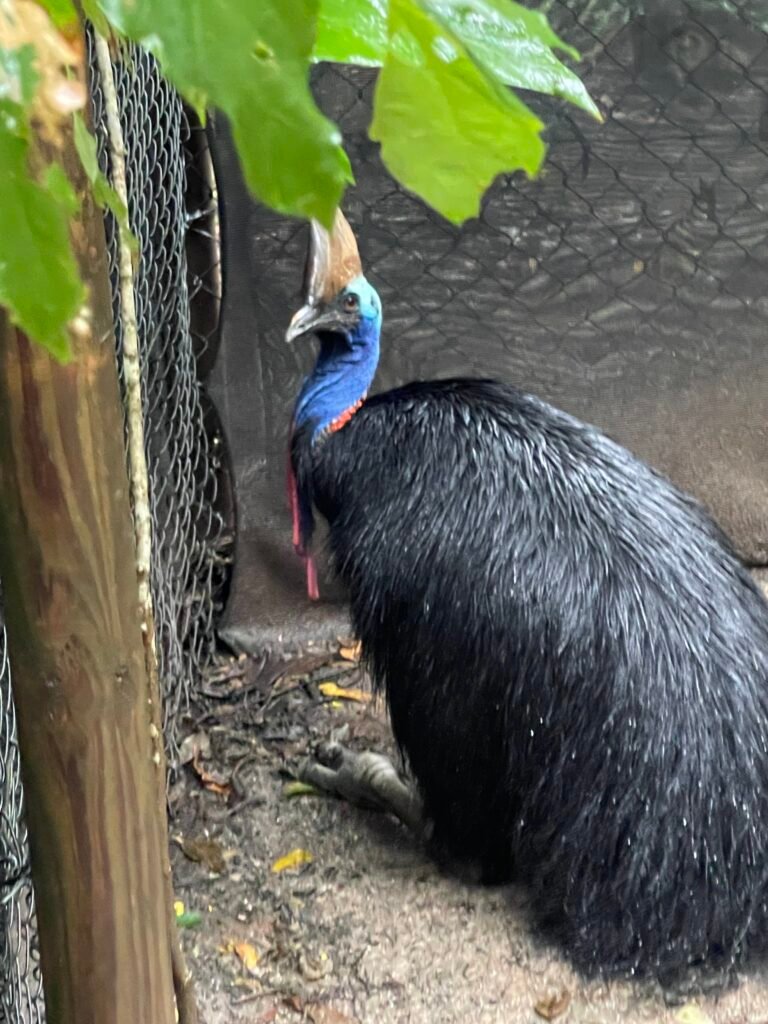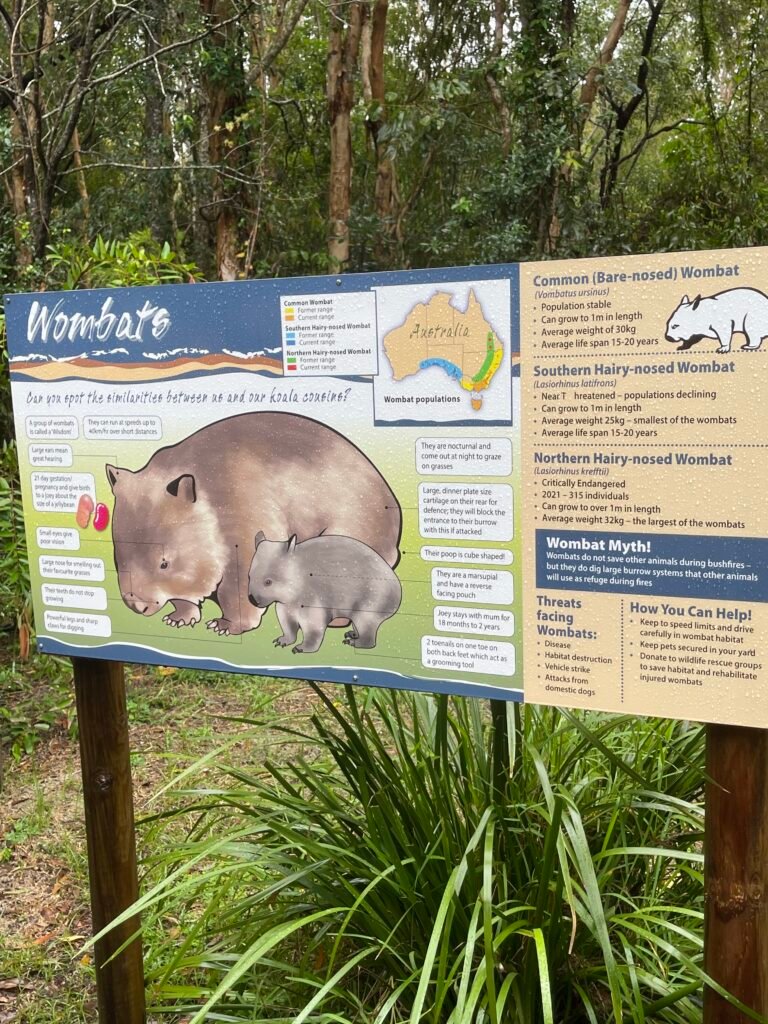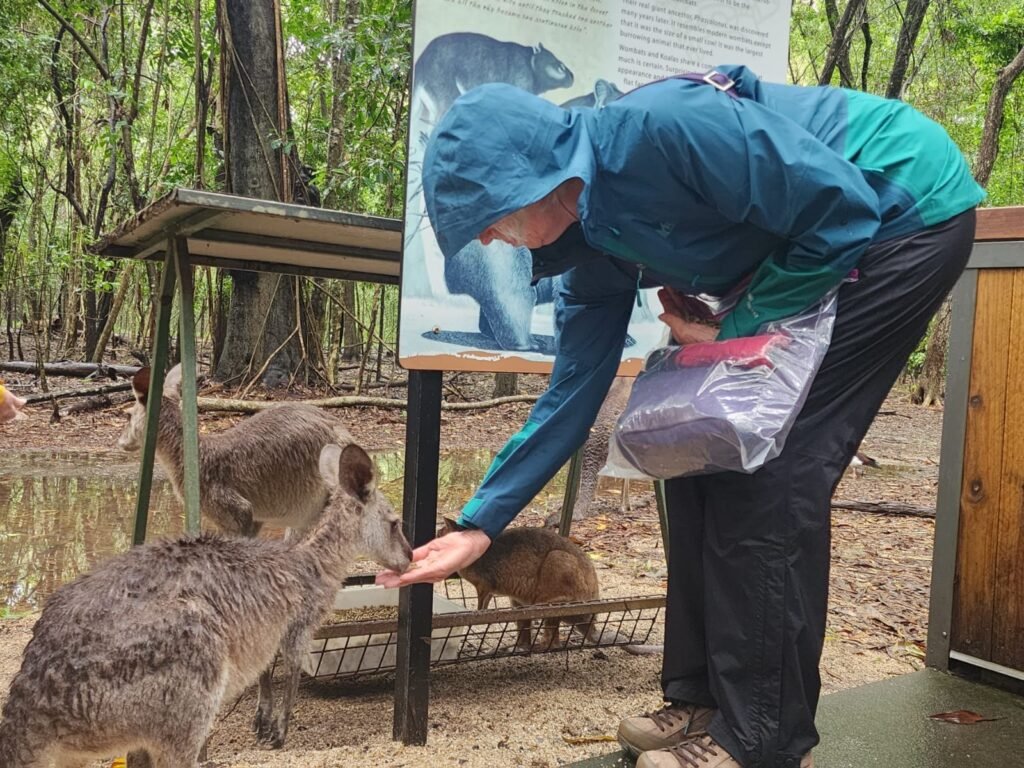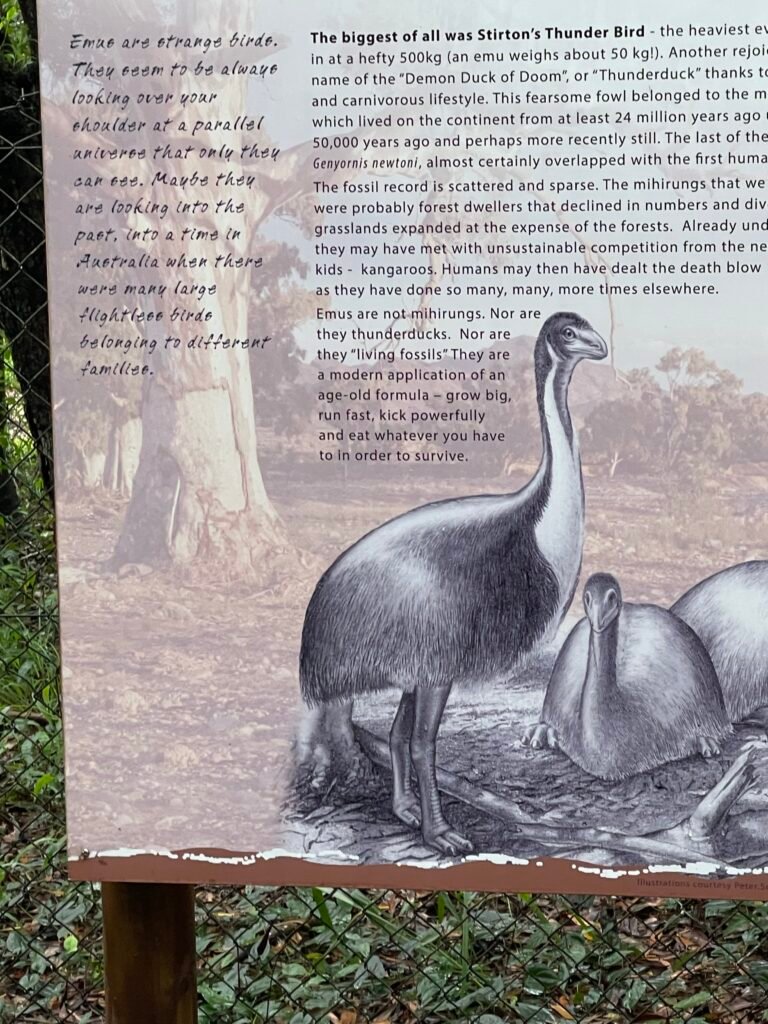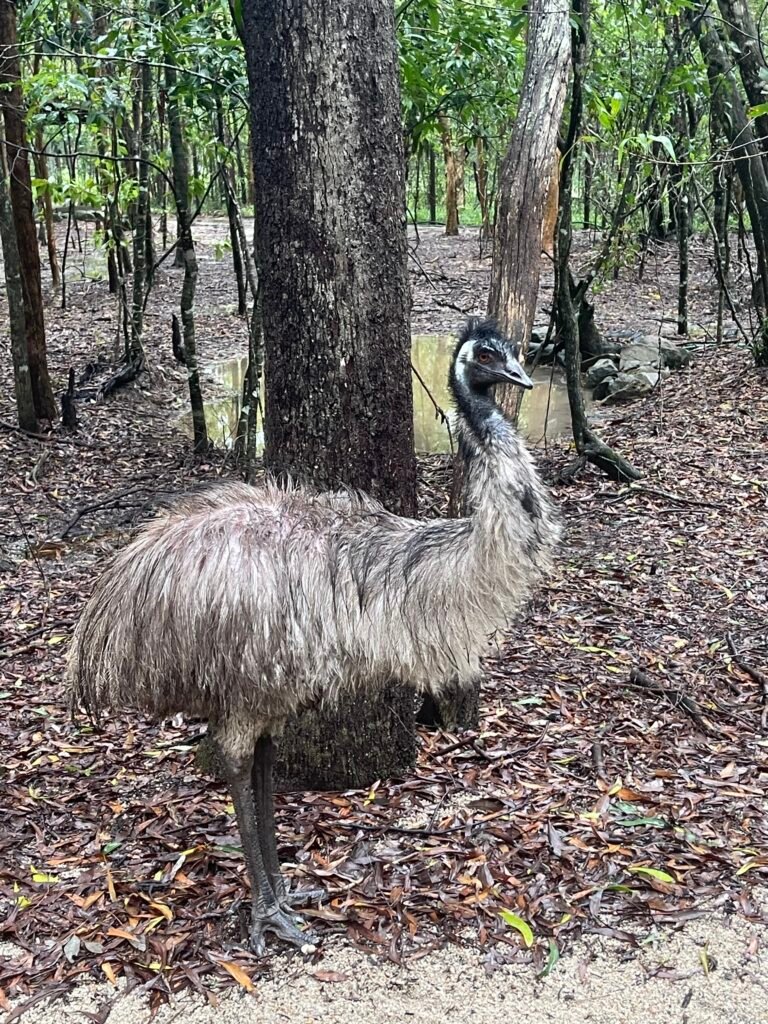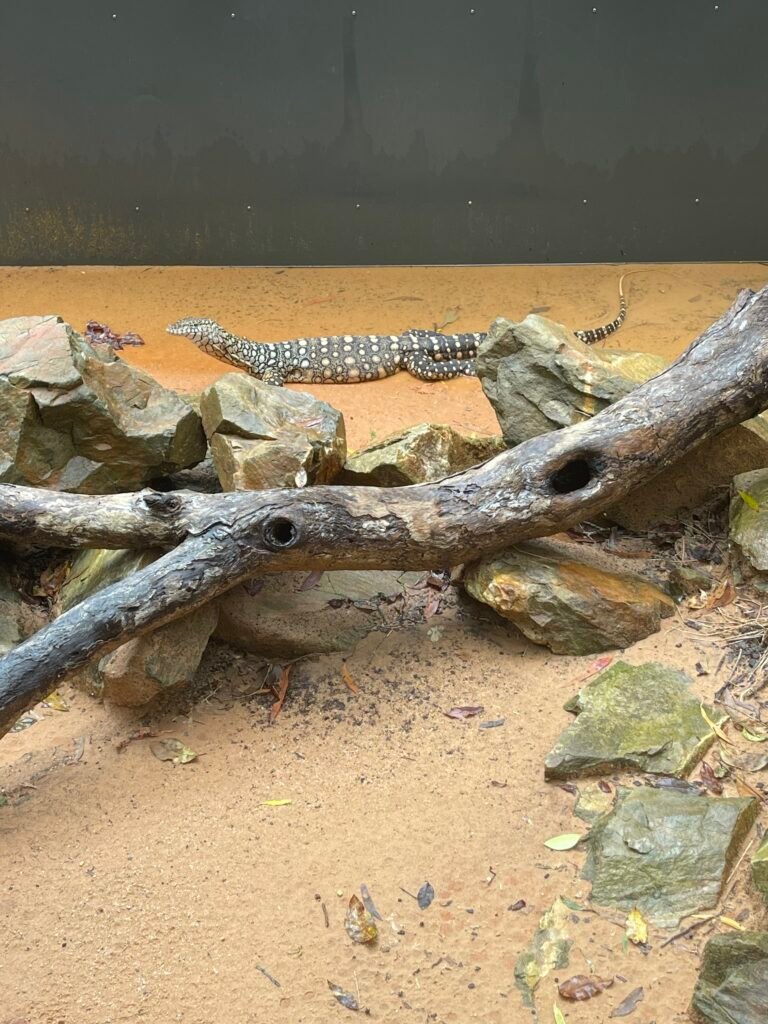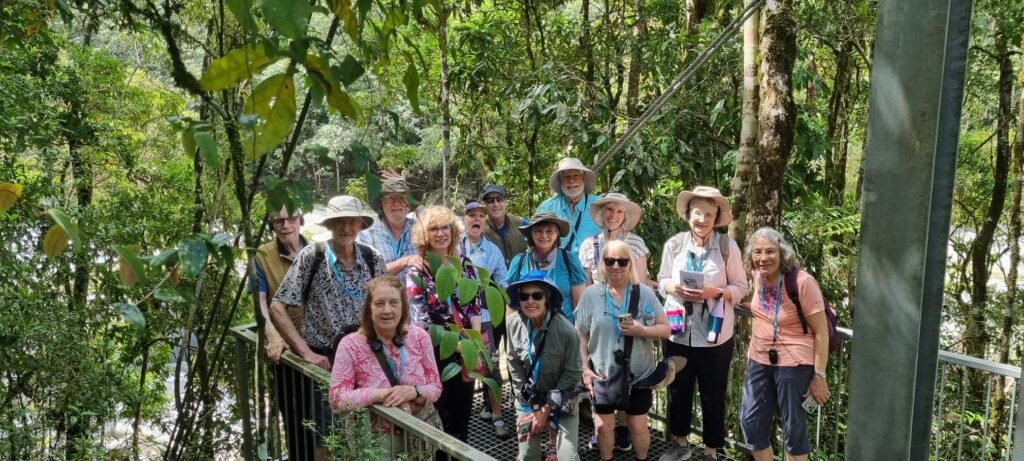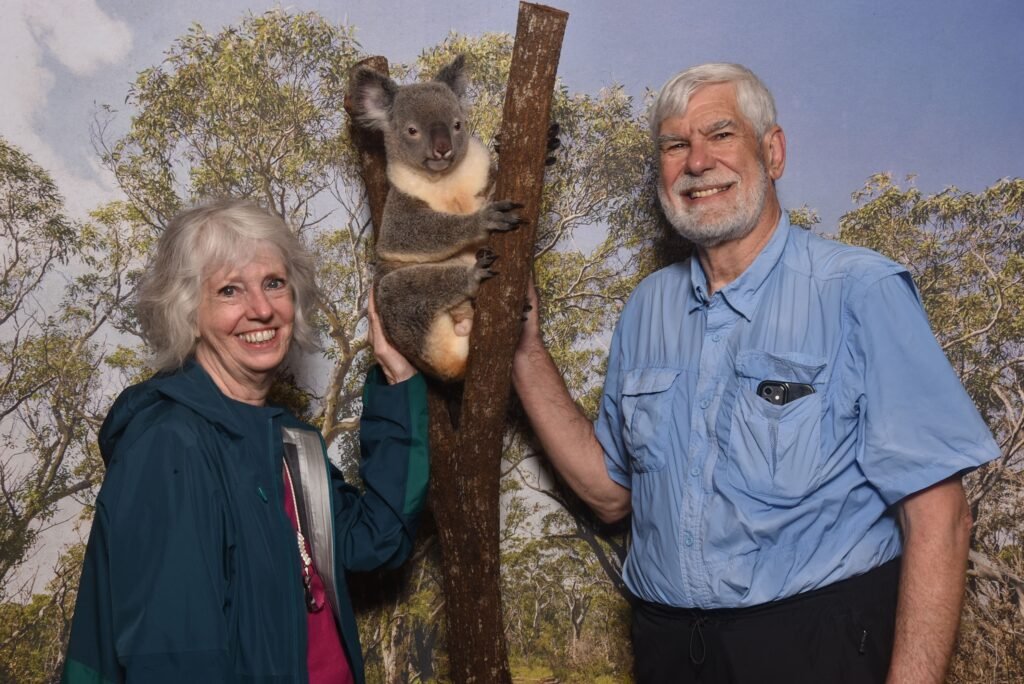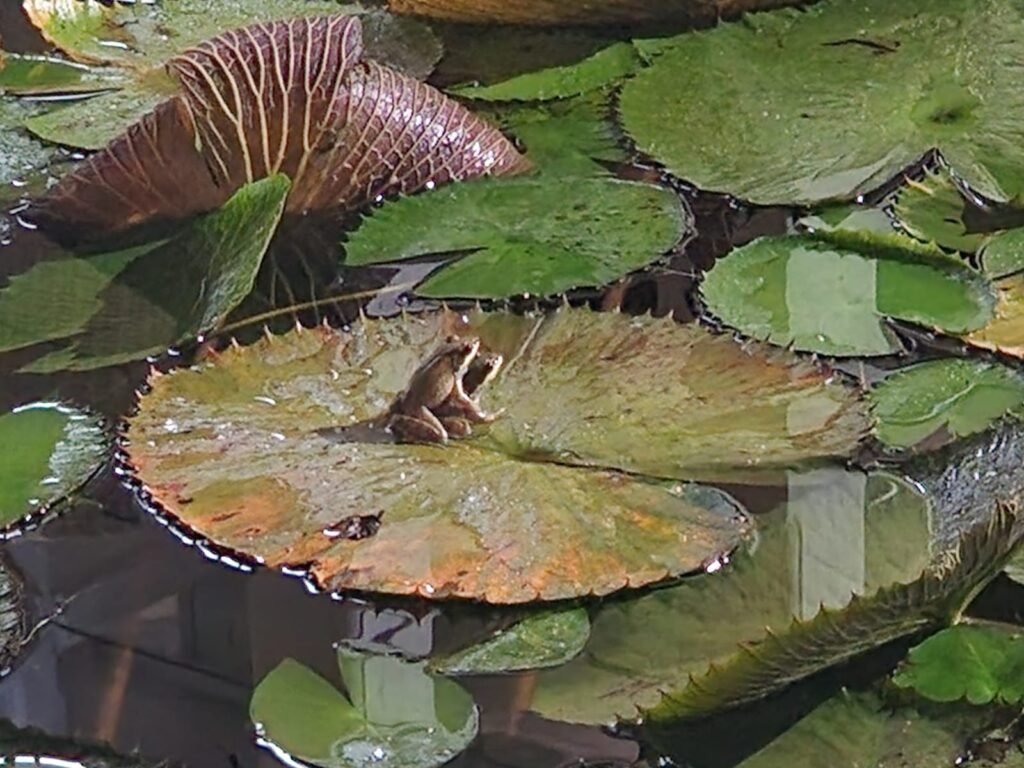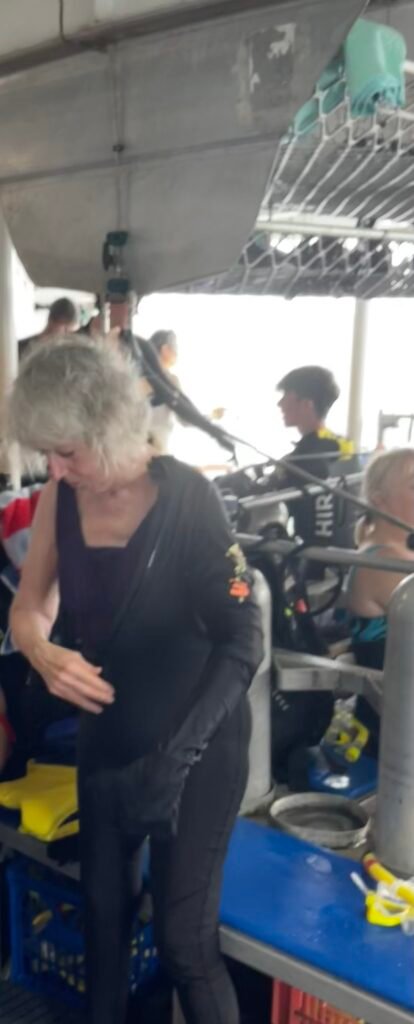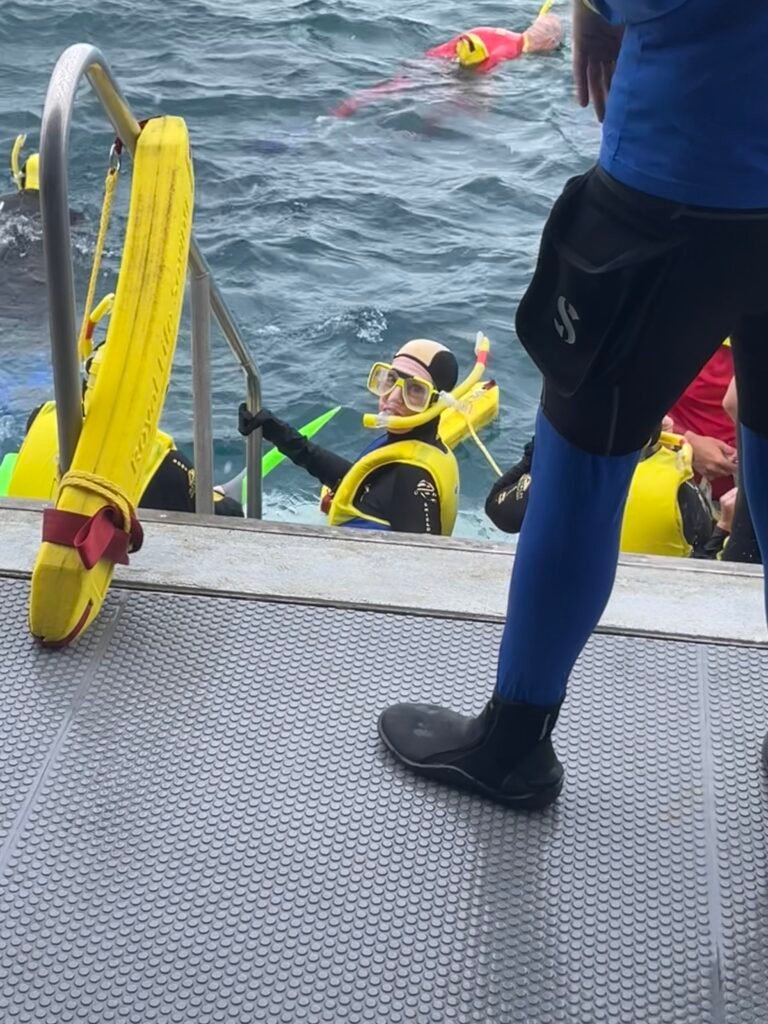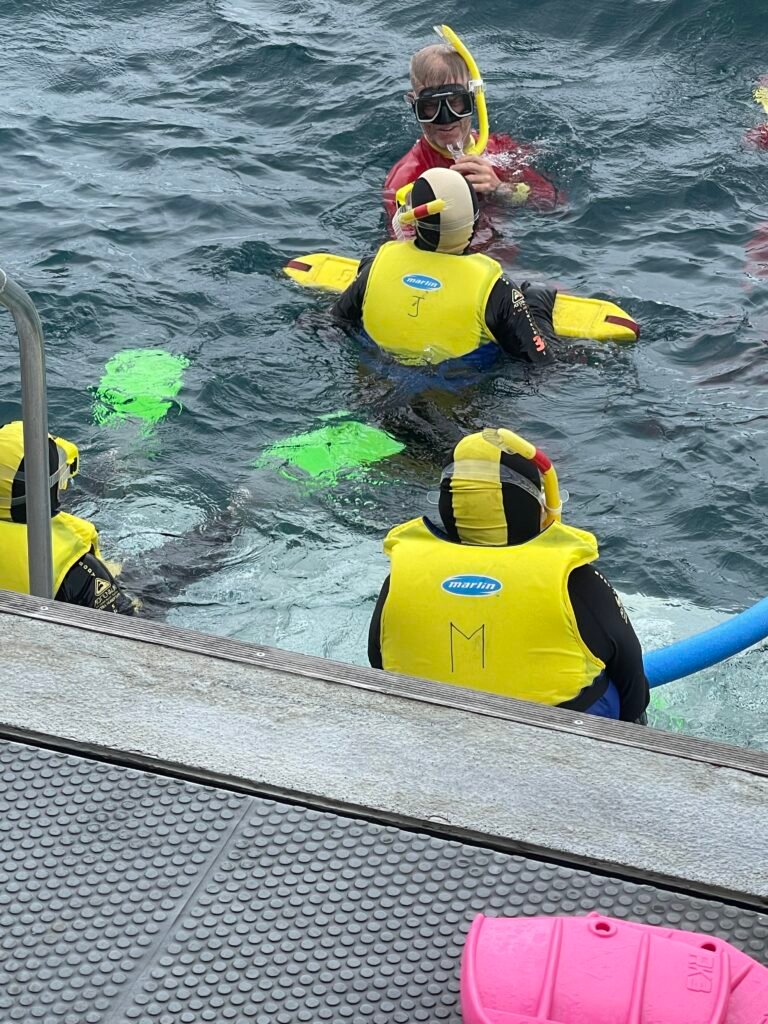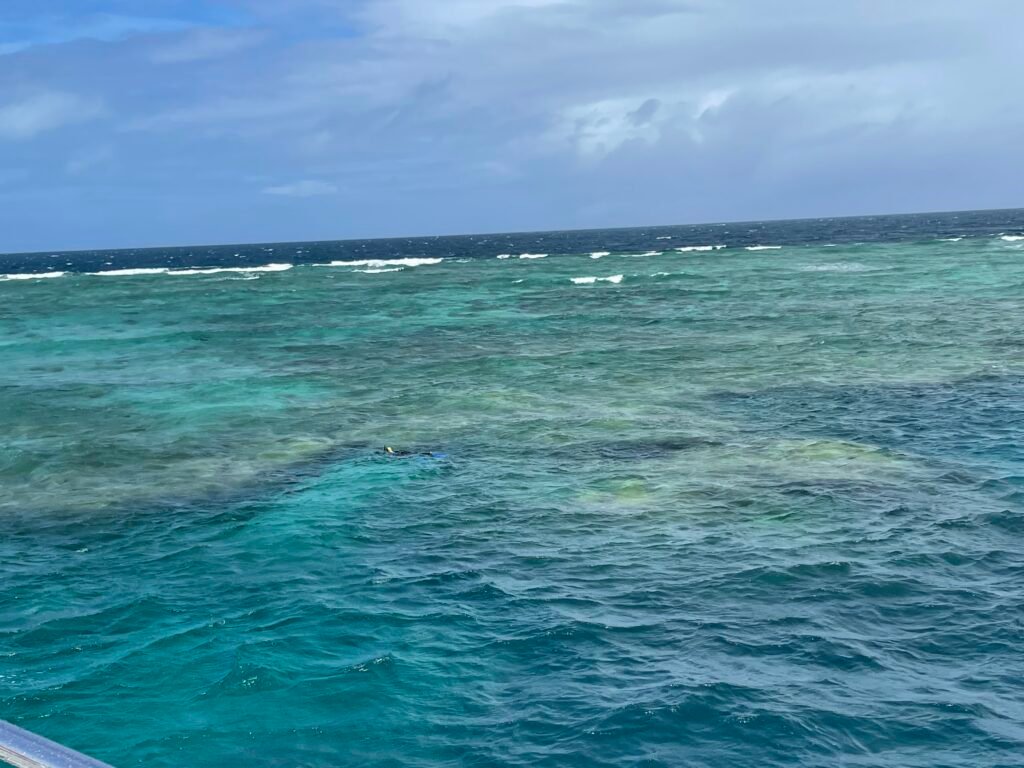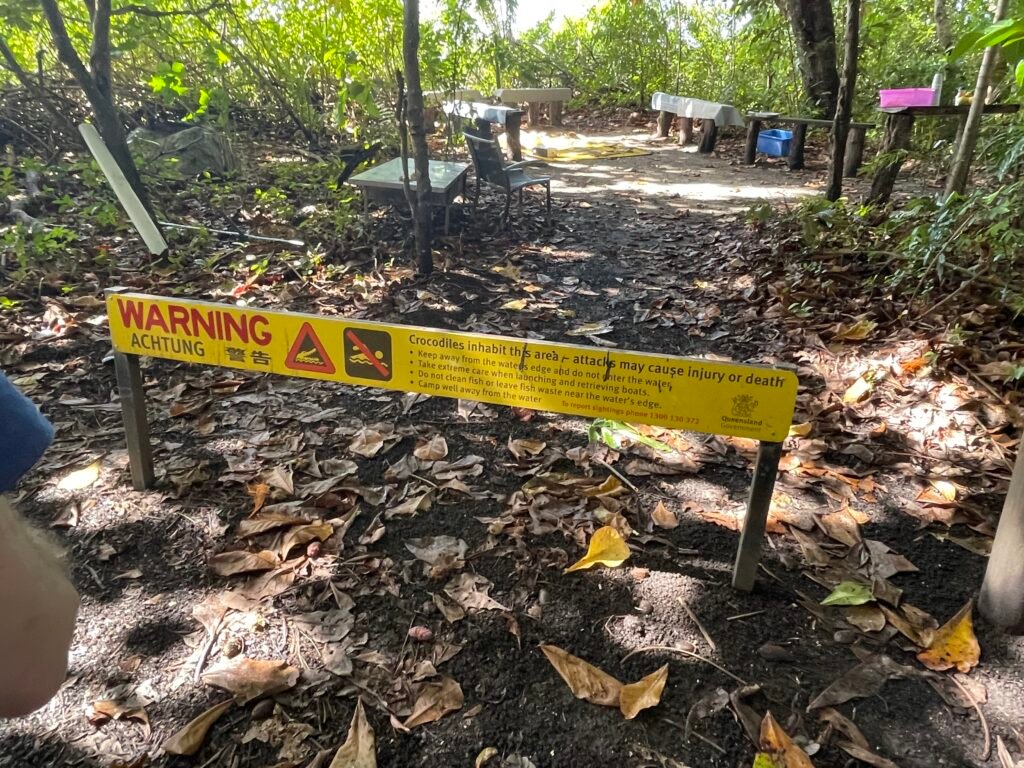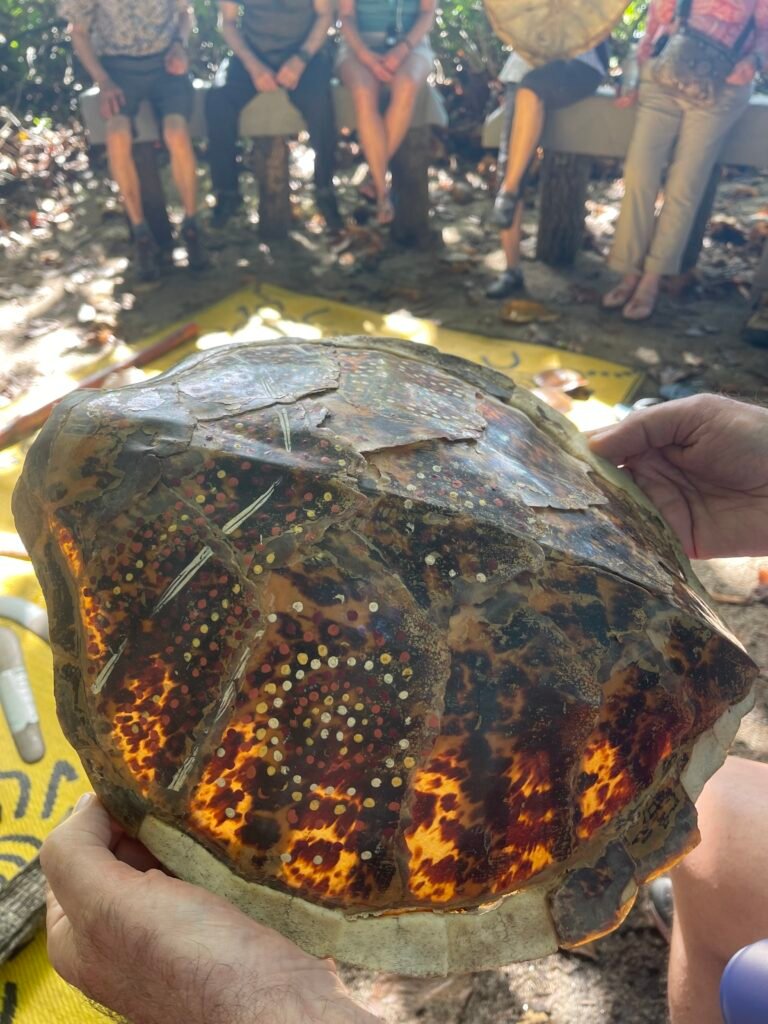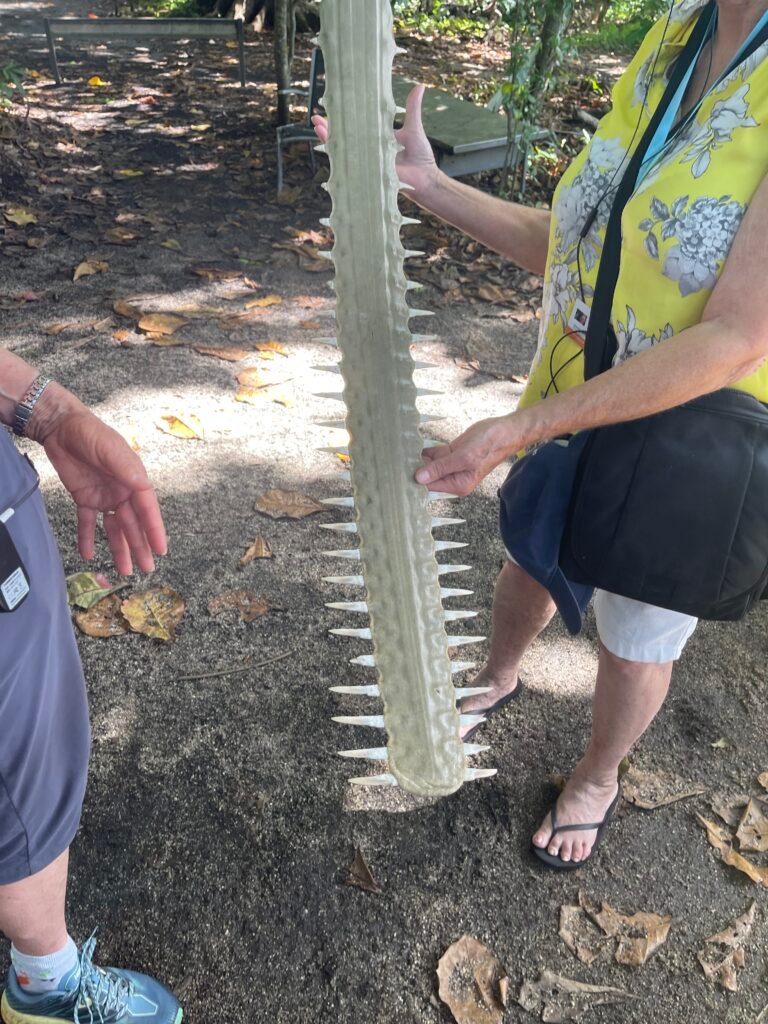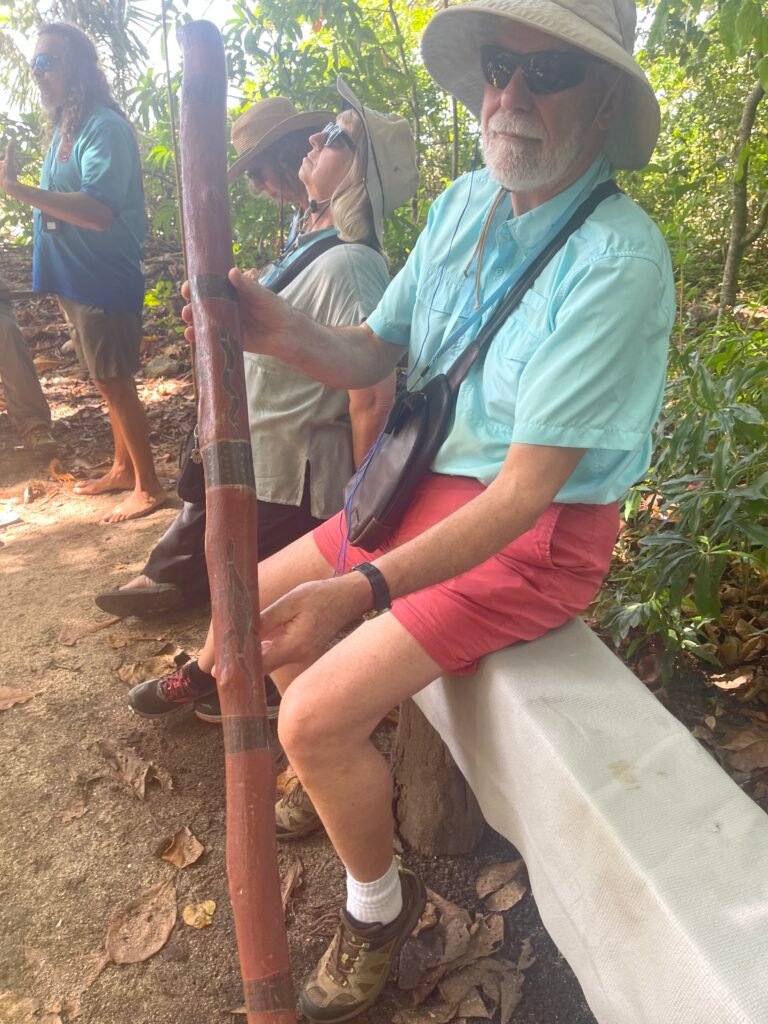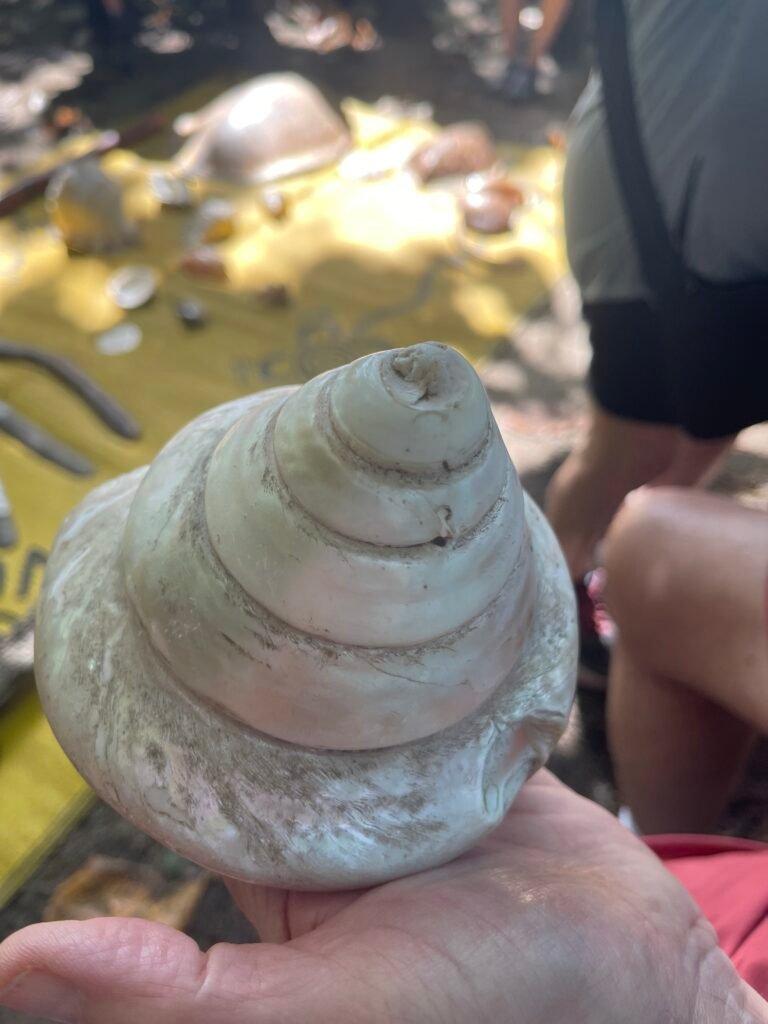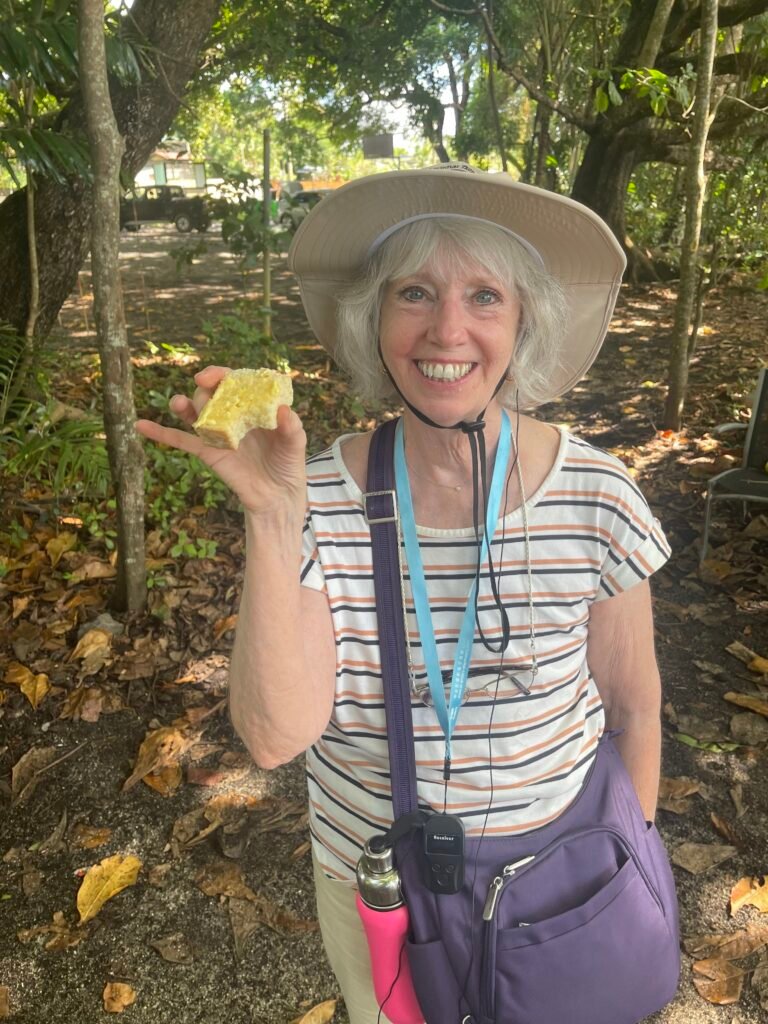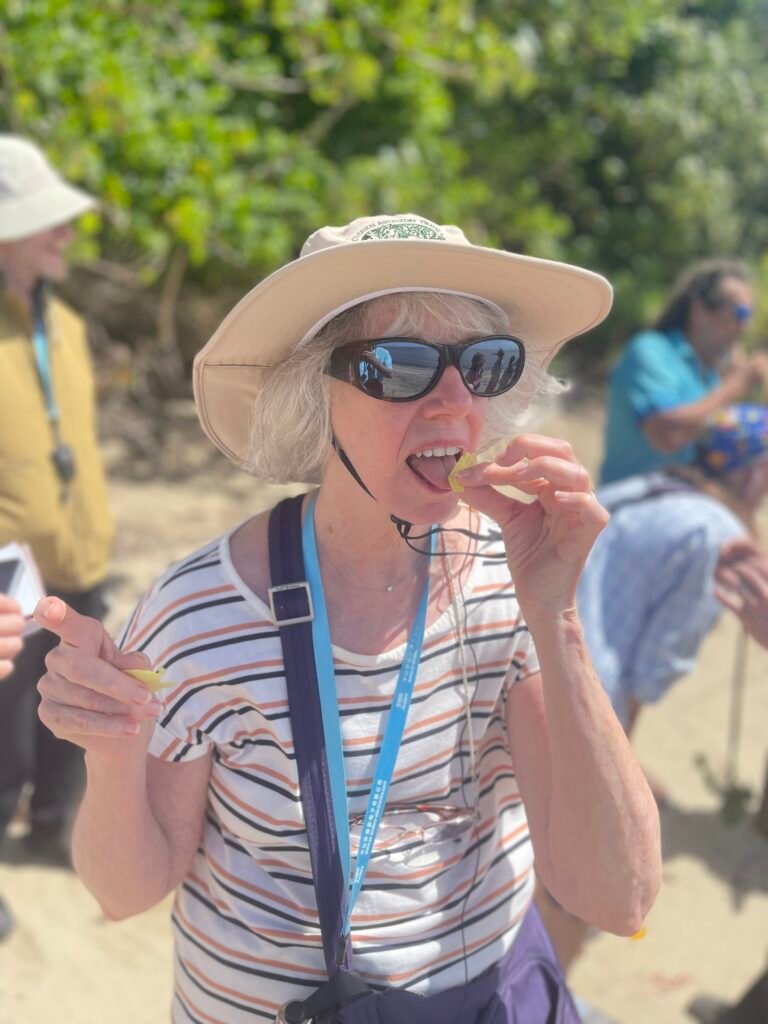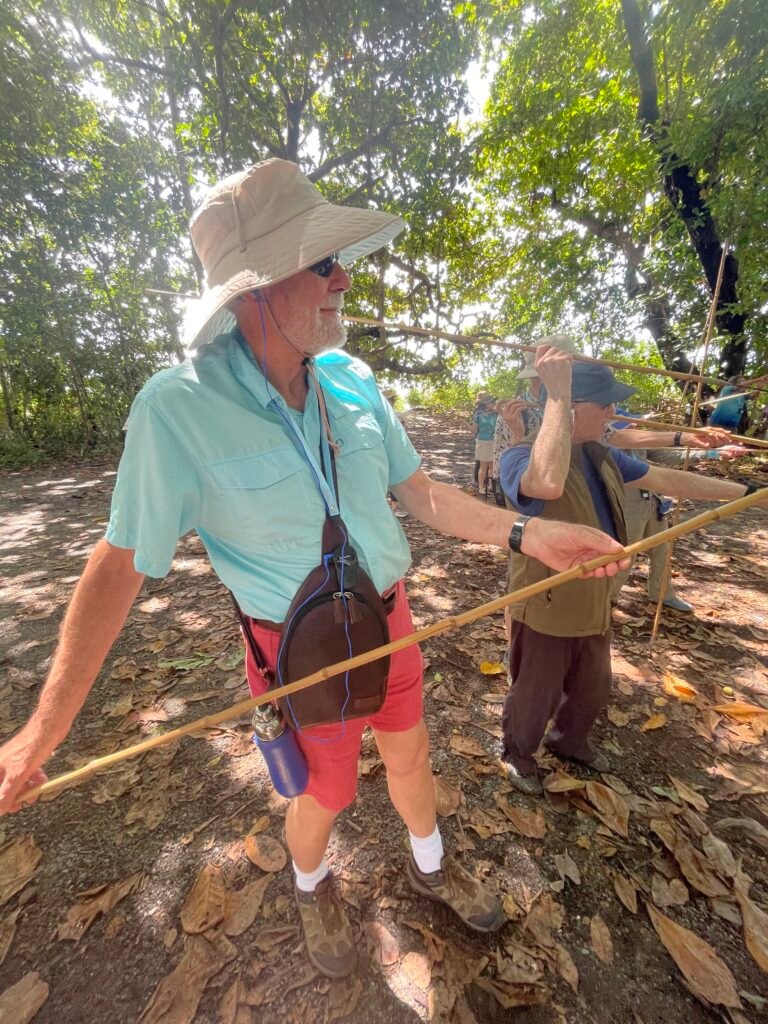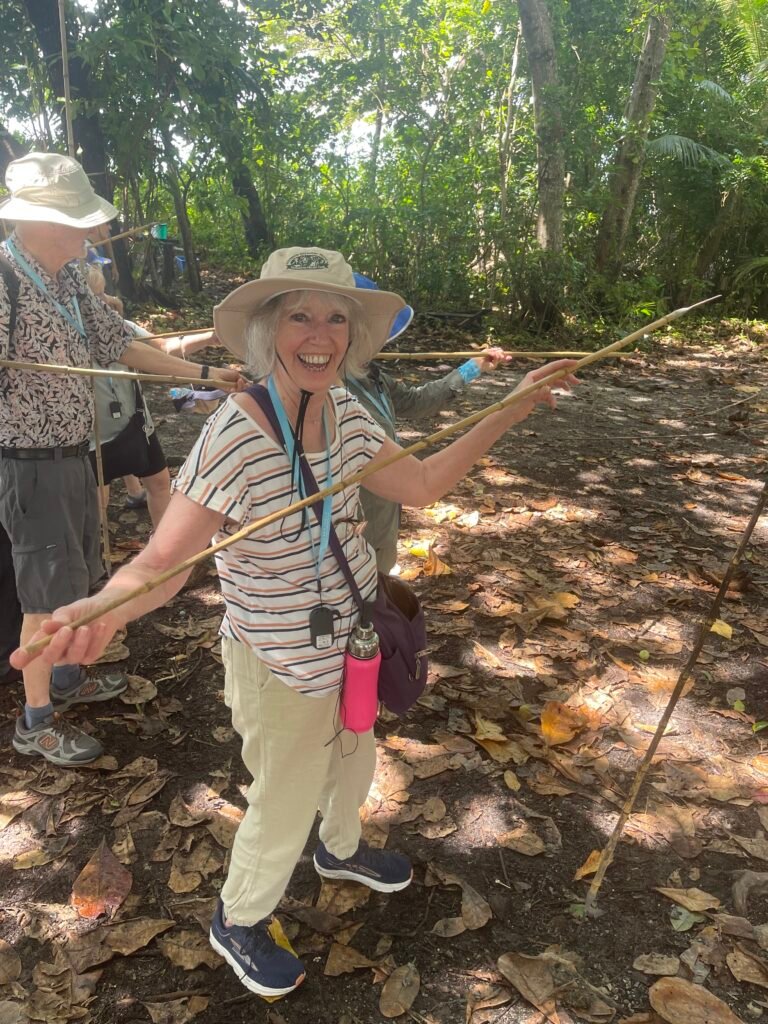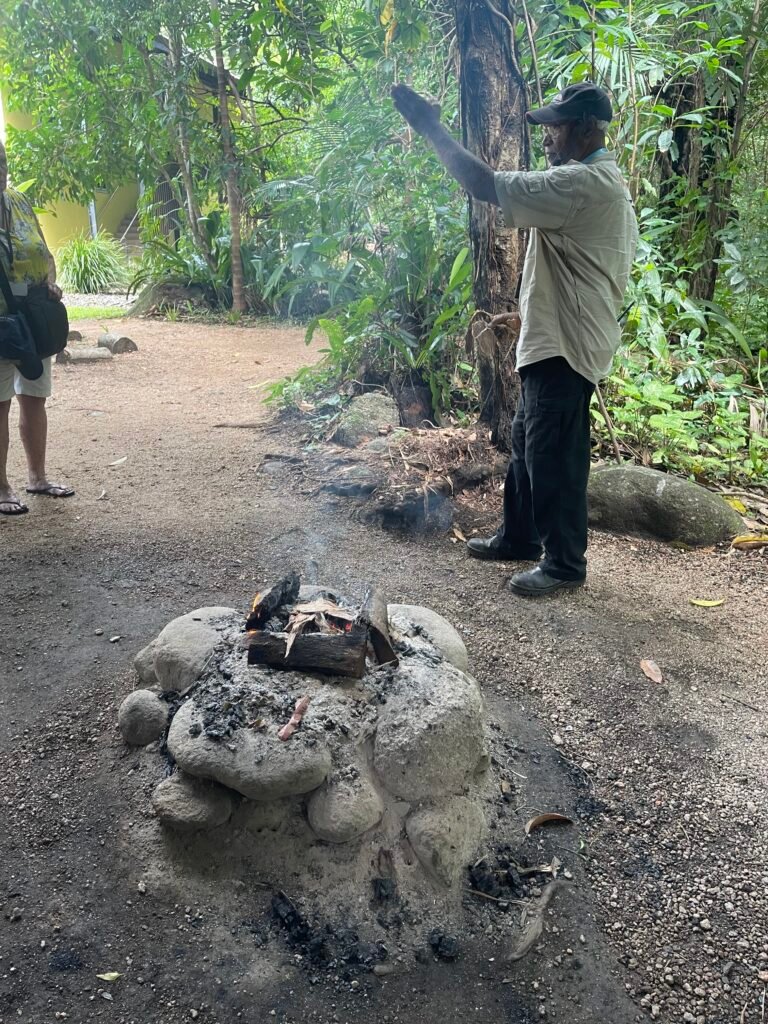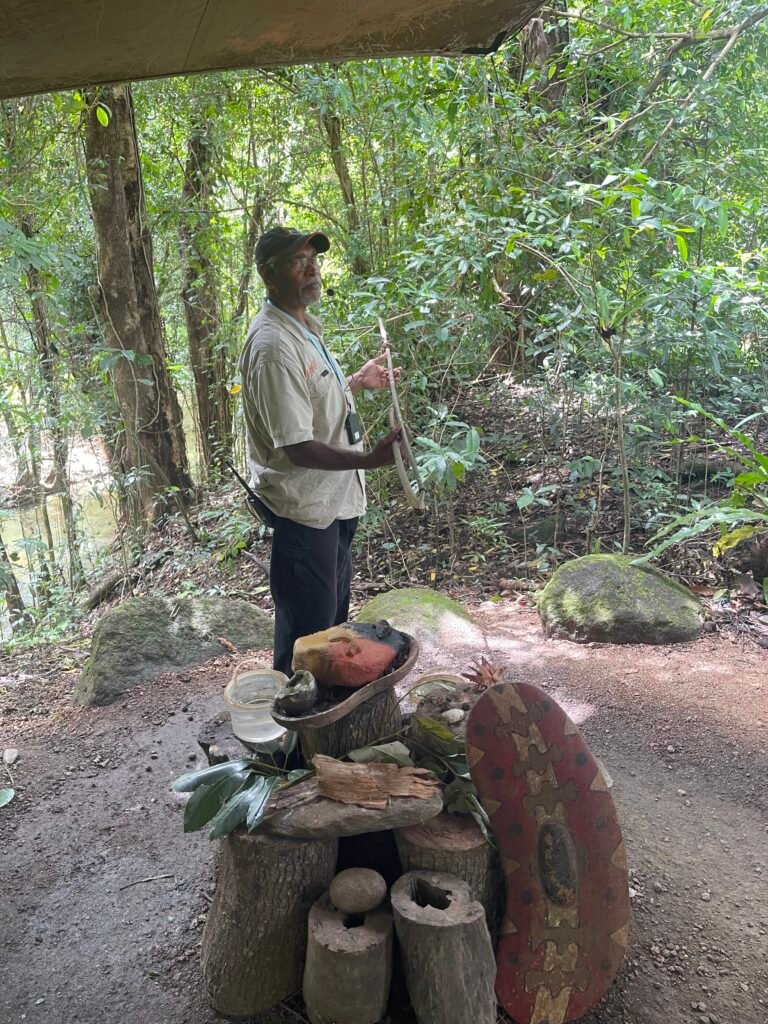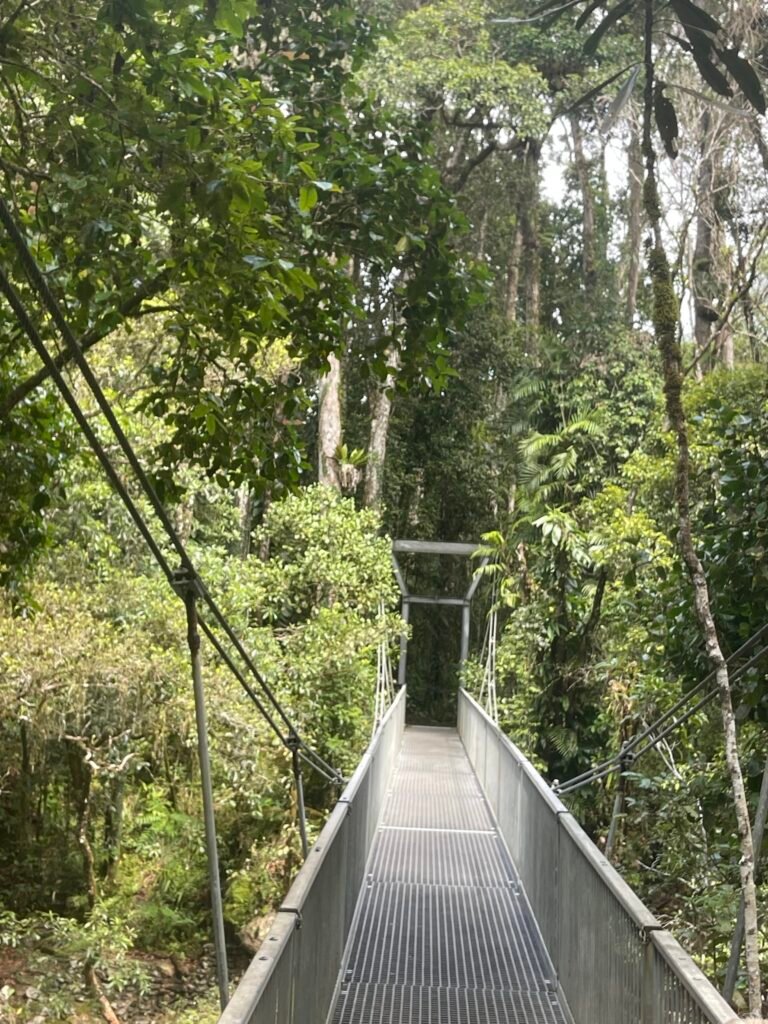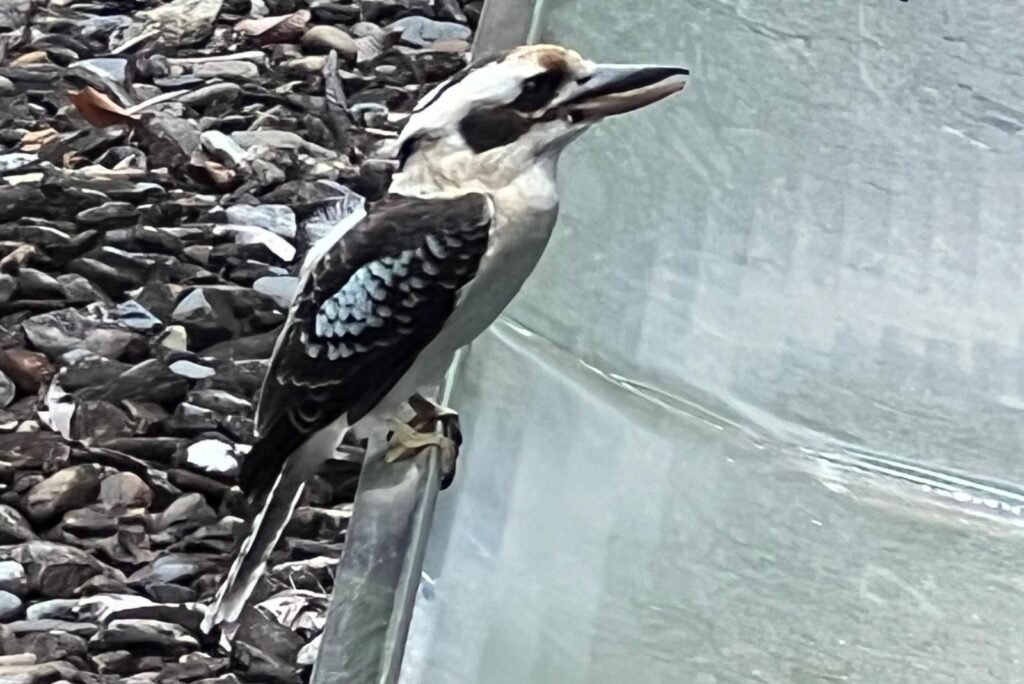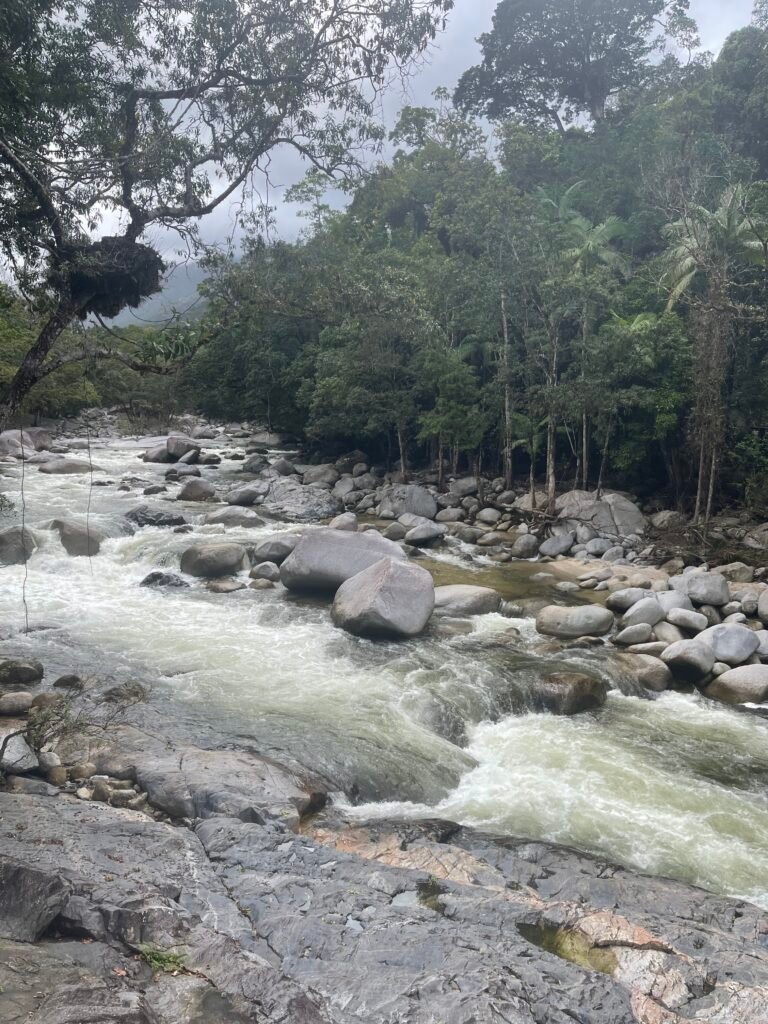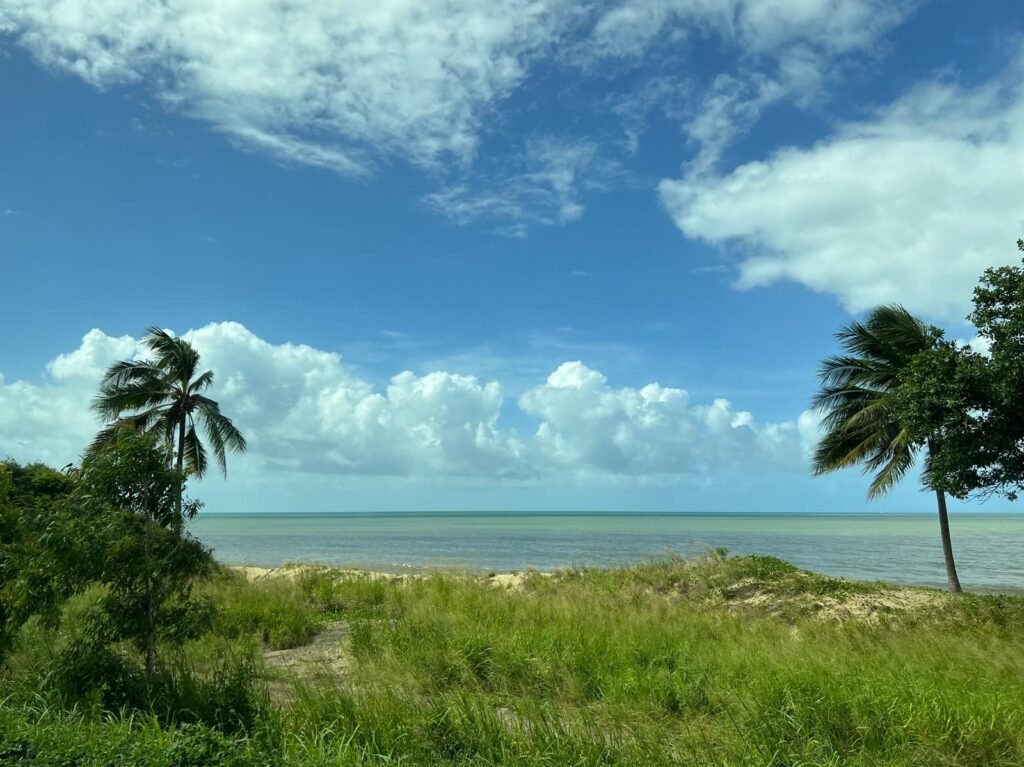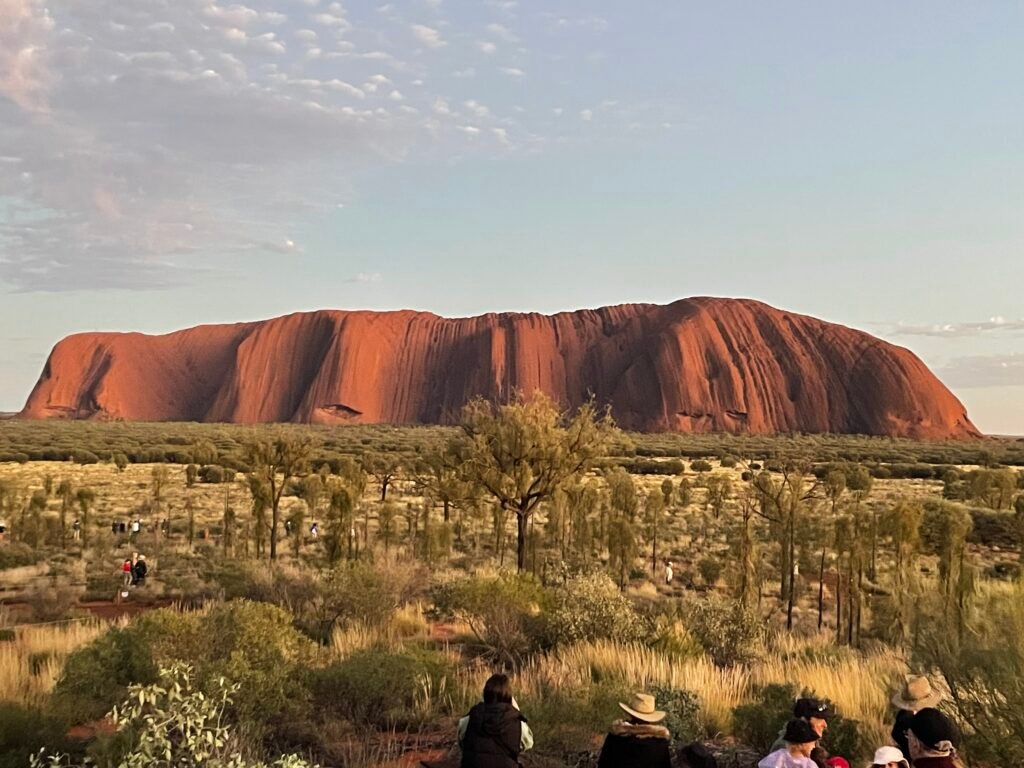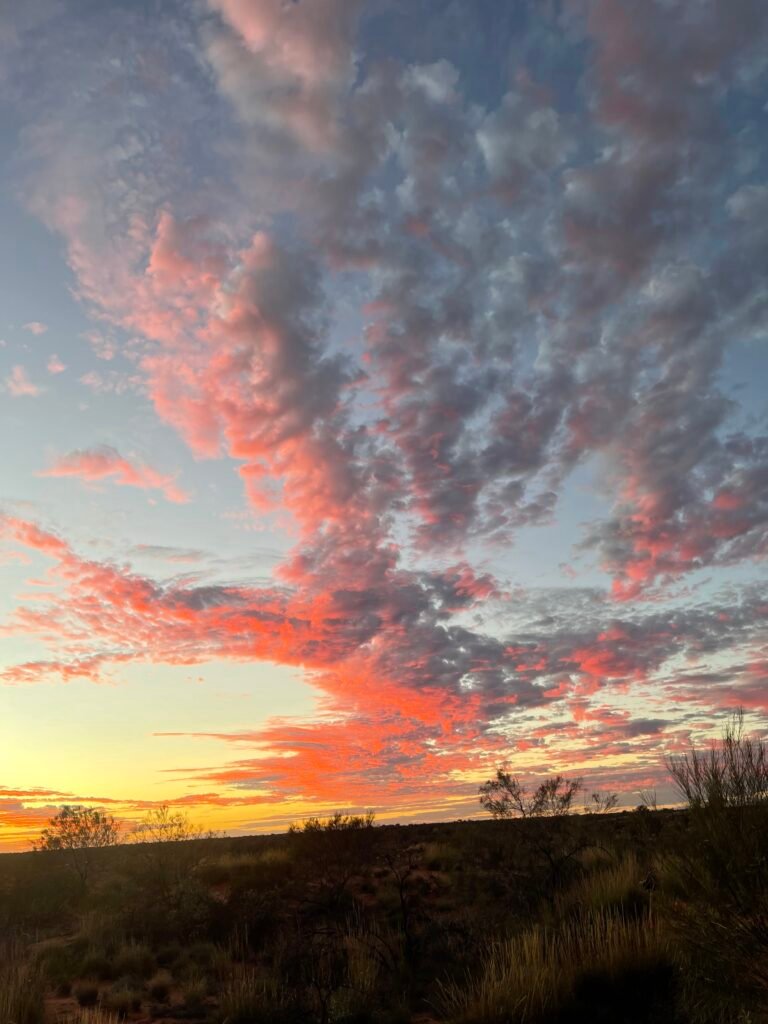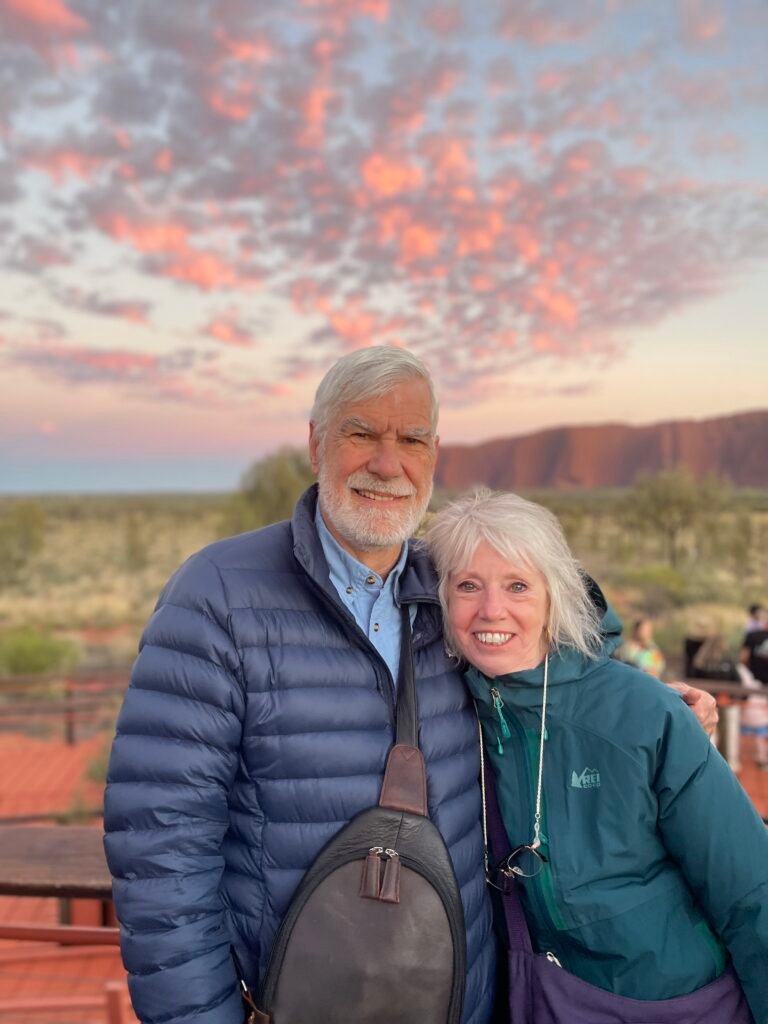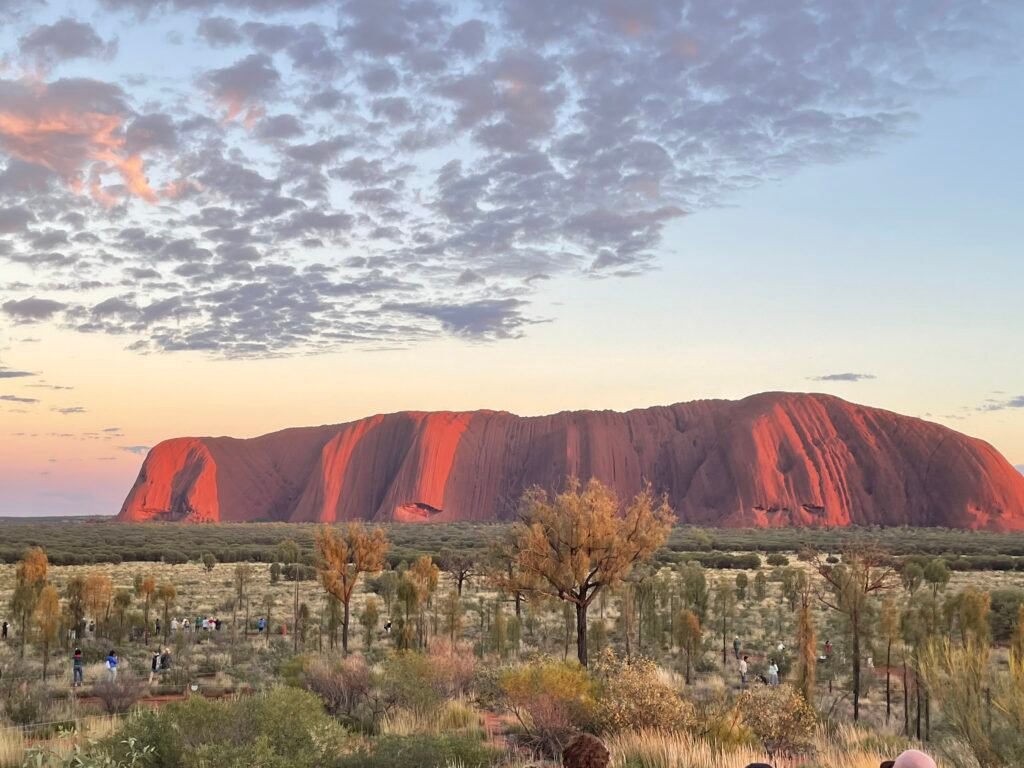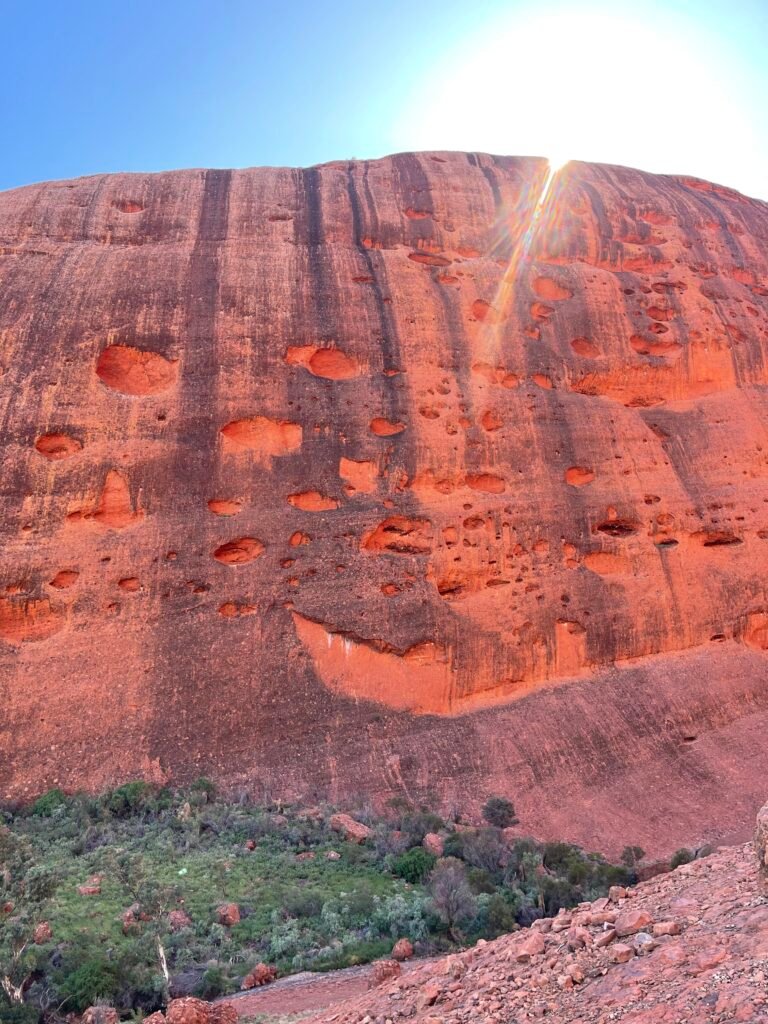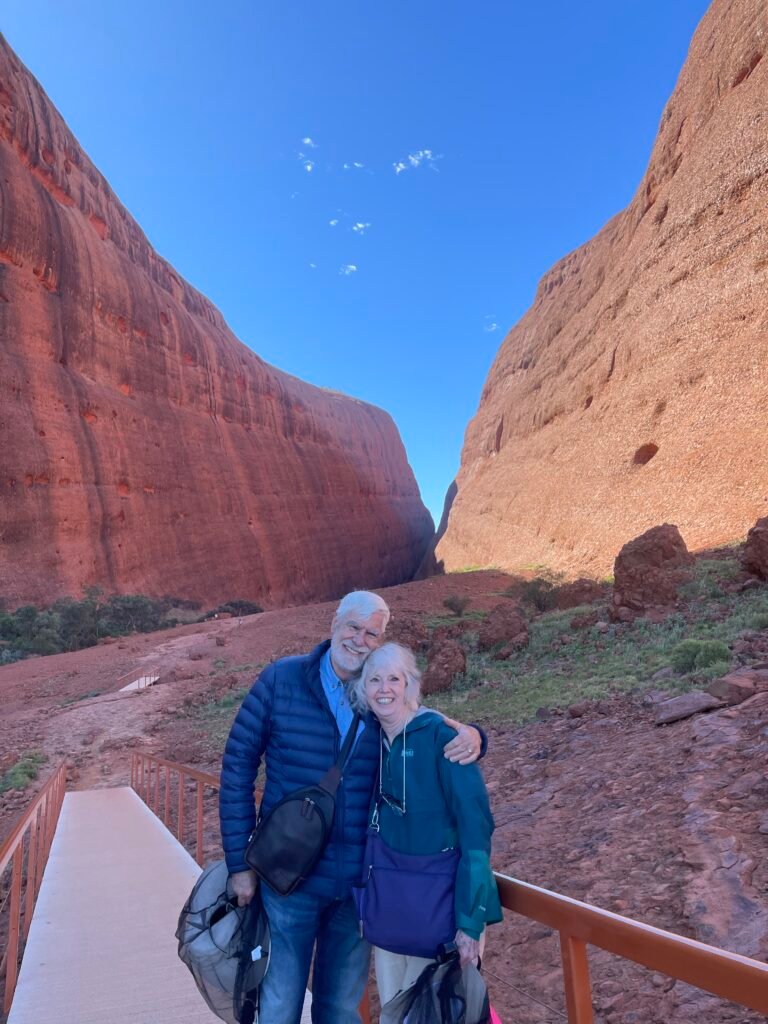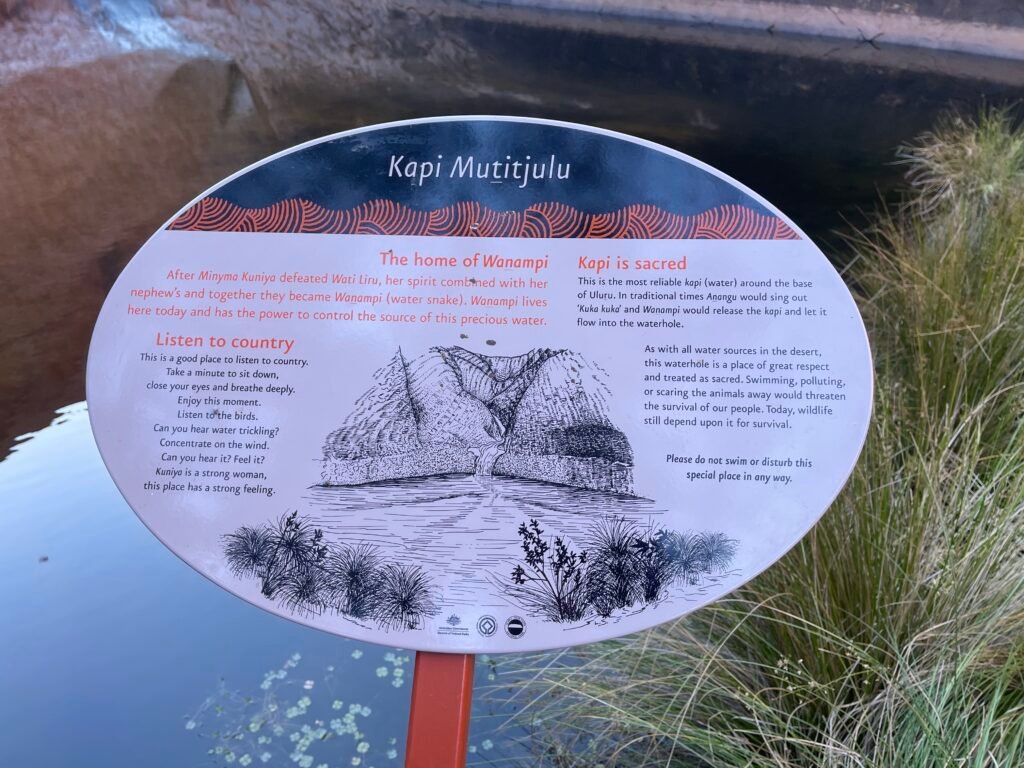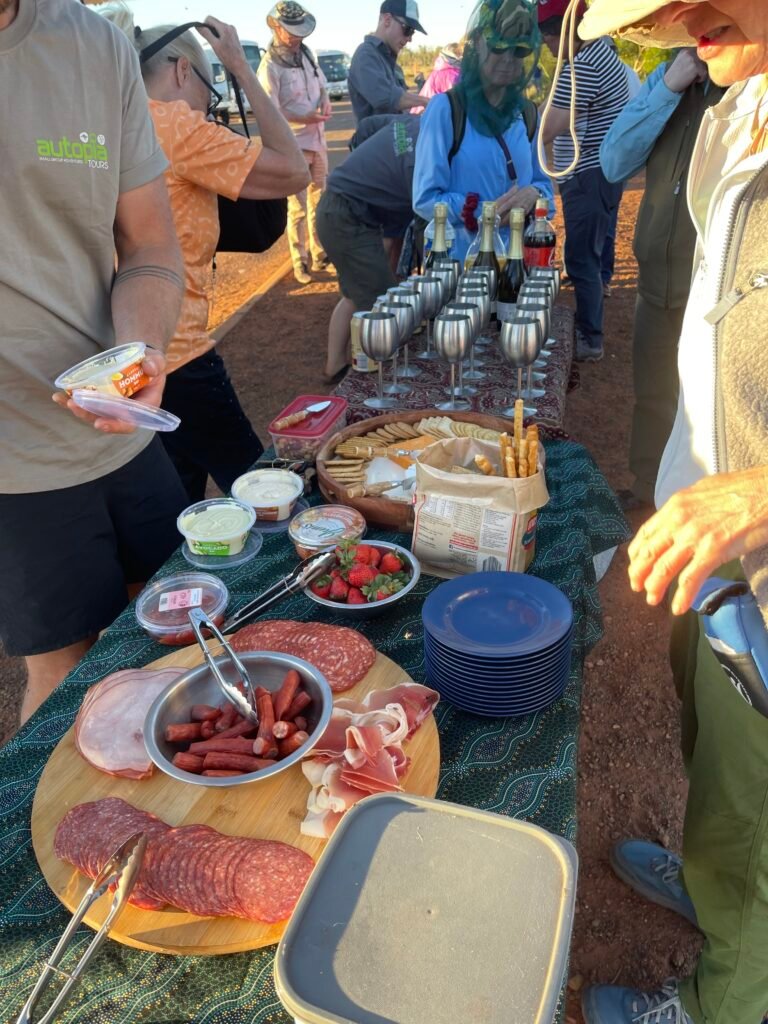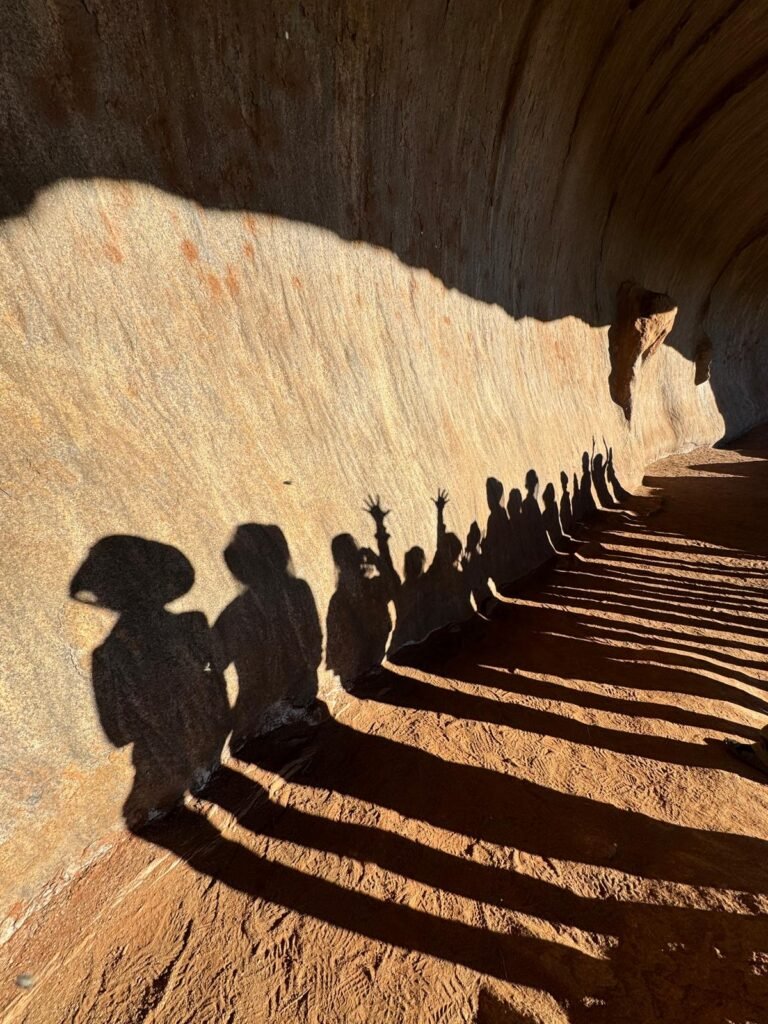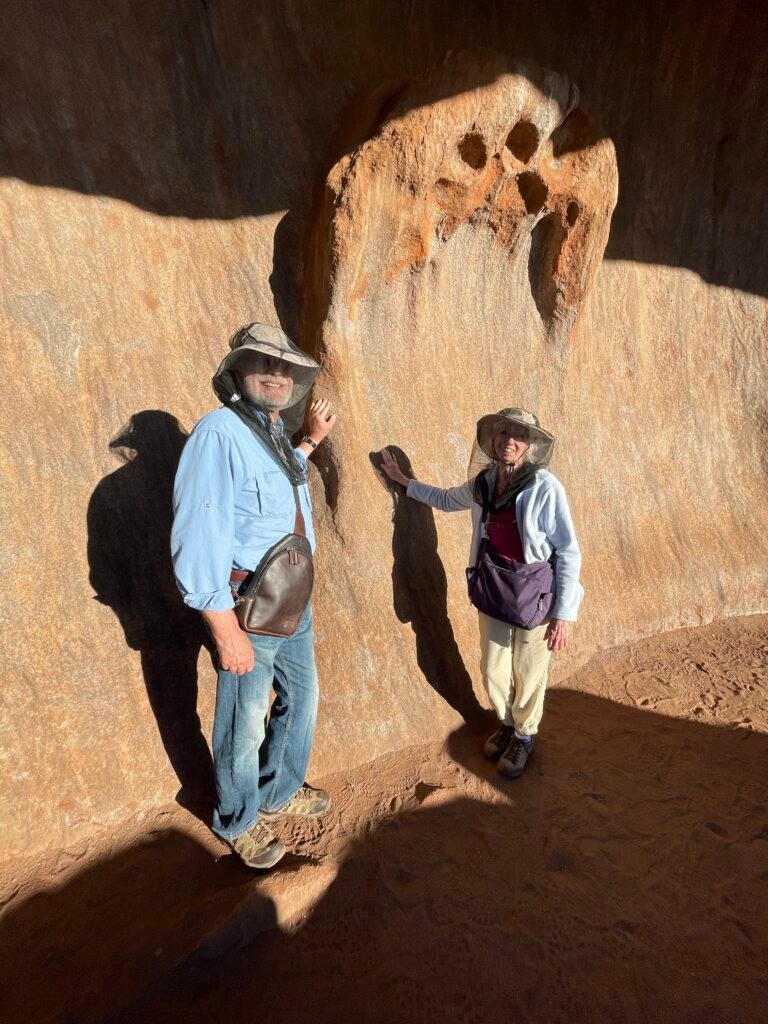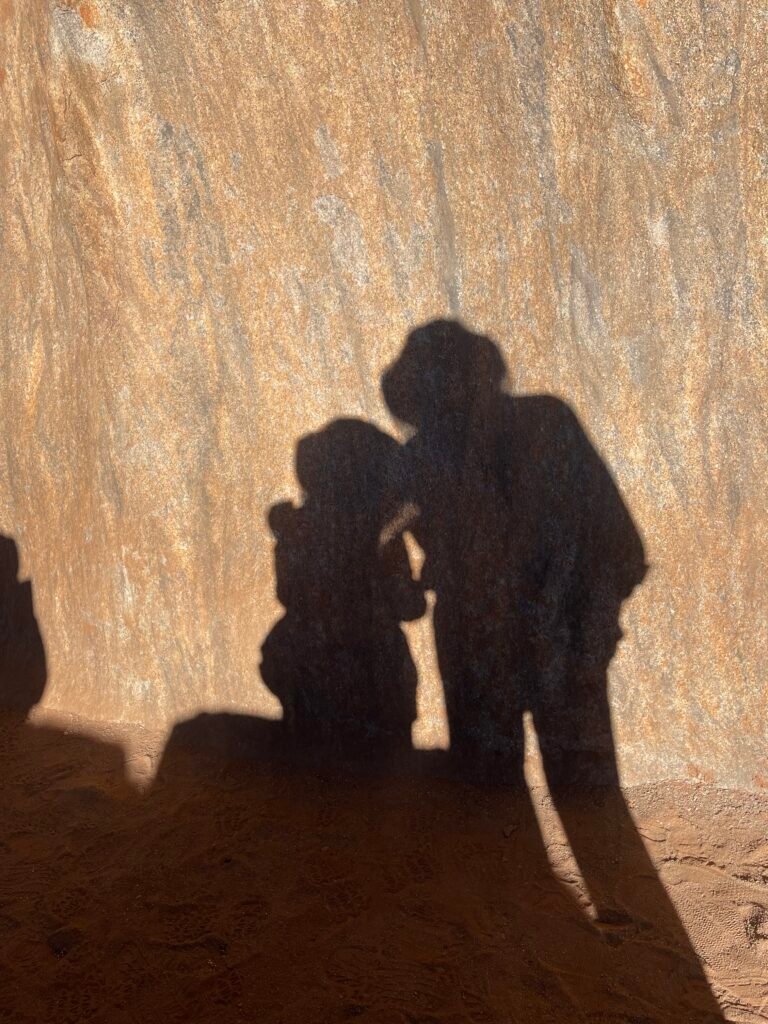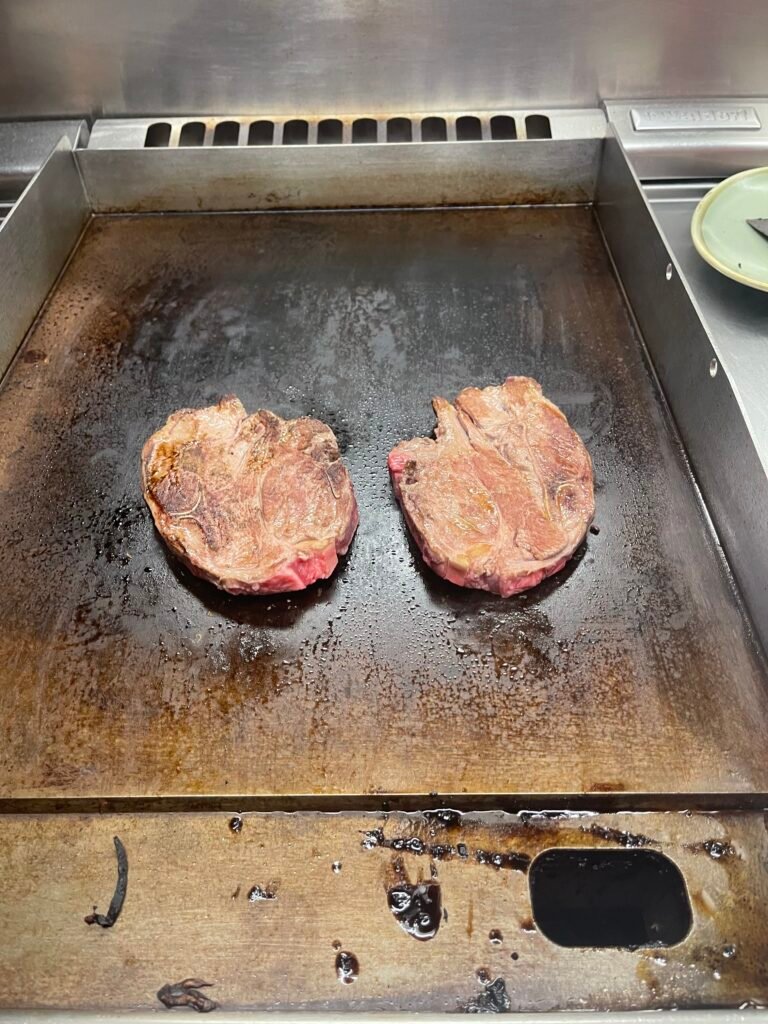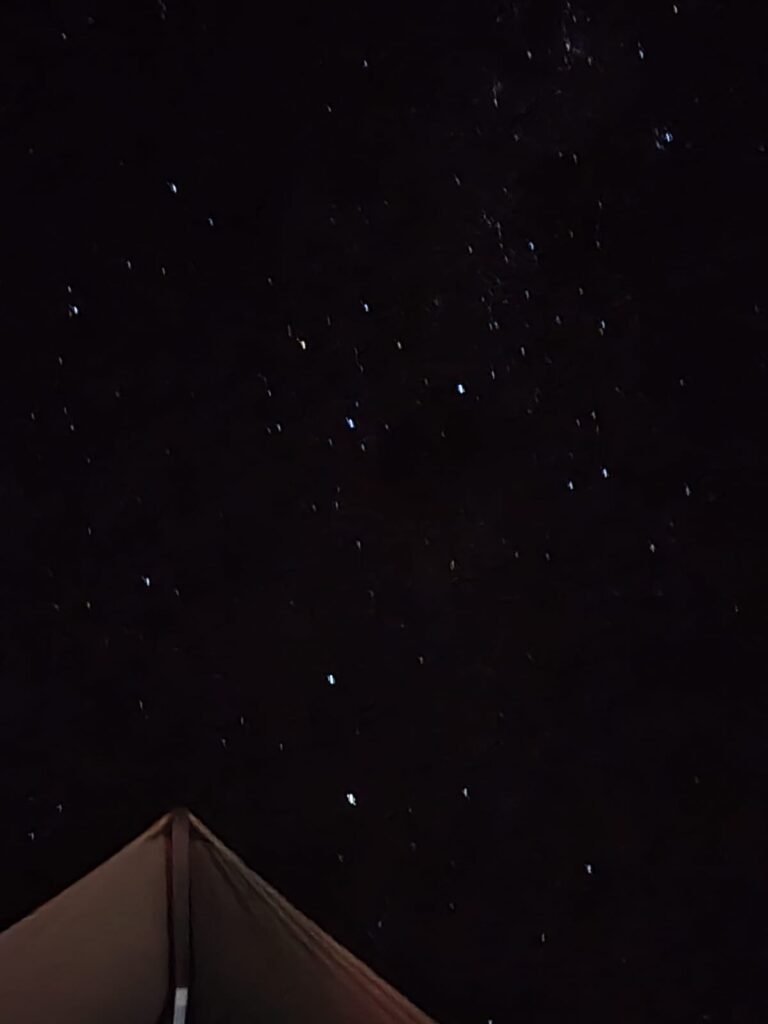Kia Ora! Good morning from Christchurch, New Zealand!
Before I begin today’s adventure commentary, I just wanted to mention a few things.
Yesterday, when we arrived in New Zealand, our luggage again went through security. They are very serious about not bringing anything into New Zealand that is from another country, that could be harmful to the delicate environ of this beautiful country. They also checked a few of our shoe bottoms since we had been in the Outback and wanted to make sure they were clean and free from debris.
Also, Susan told us that the day before we were at the Great Barrier Reef, someone tragically coded and had to be transported out by helicopter and did pass away. She also confirmed that in Darwin, two fisherman were taken by crocodiles and never seen again. She said people think the crocodiles are not that dangerous and after they’ve been drinking and trying to goad the crocs, they can come to a very sad demise.
And finally, in Australia, Chlamydia is devastating the koala population. However, even though the disease is widespread in most koala populations, the disease is not present on Kangaroo Island due to its isolation from other colonies. Currently, in the areas where Chlamydia is rampant, veterinarians are testing a process that would vaccinate the koalas for the disease. Two vaccinations are needed, so scientists are trying to come up with a way to give an injection first and also implant a pellet at the same time that disintegrates over time to administer the second dose. They would use a rapid Chlamydia test that can be done in 20 minutes and if the koala is Chlamydia free, he would be vaccinated and the pellet would be implanted and the koala would be sent back into the wild.
And now…. Christchurch, New Zealand.
Our hotel is lovely and after breakfast, we met with our guide for the next two weeks in New Zealand, Catherine. She told us about her family… Her daughter is a Master wine maker and owns the Blank Canvas winery, and years ago, Catherine herself made wines.
Catherine told us about what to expect for the next few weeks and ended the talk giving everyone a taste of manuka honey. Manuka honey has been found to have various benefits, including antioxidant and antimicrobial capacities. Scientists have been trying to use Manuka honey in the area of tissue engineering to design a template for regeneration. It was thick and delicious.
After our talk with Catherine, we walked over to the Otakaro River to learn how to paddle a kayak. We also learned the chants that keep the rhythm for the paddlers to stay in sync.
First we played a game with the paddles. We all stood in a circle and one of the Maori, Dave, told us the words for “right”, “left”, and “clap twice in front of you”… And then he called them out and we had to grab the paddle of the person either to our left or right, or just clap. It was a lot of fun.
Then we climbed into the kayak and we all worked in sync chanting the rhythm. It was paddles up, paddles in the water, then it was paddle, tap the paddle on the kayak, paddle, tap, paddle, tap, until our guide Dave said paddles up. We did a great job!!
Christchurch became a city in 1856, making it officially the oldest established city in New Zealand. Christchurch is one of five Antarctic gateway cities, hosting bases for several Nations.
The city suffered a series of earthquakes between 2010 and 2012, the most destructive occurring in 2011 in which 185 people died and thousands of buildings suffered severe damage and collapse. As we walked around, we could see the devastation as well as the rebuilding that is going on of many of the buildings.
An OAT group like our group was here during the earthquake. Their hotel was damaged and deemed uninhabitable. Fortunately, the group was out on a dolphin watch tour at the time of the quake. They were not allowed back into the hotel and had to be taken to the nearest embassy in order to get passports reissued since many left their passports, money, etc. in the hotel. They also could not retrieve their luggage. Unbelievably, 9 months later, all the tourists that were impacted received a knock on the doors where they lived, and their belongings were returned to them.
The earthquake destroyed the Christchurch Cathedral spire and damaged most of the building. The Anglican Church decided to demolish the building and replace it with a new structure, but various groups opposed the church’s intentions. It was eventually decided that the cathedral would be reinstated with monies promised by grants and loans from governments. By 2019 stabilisation began. In the meantime, the people worshipped at the Cardboard Cathedral also known as the Transitional Cathedral.
We then visited the Cardboard Cathedral. What a work of art. The materials used to build this building consists of cardboard tubes, timber and steel. Also, shipping containers were used in the construction. Instead of a replacement rose window, the building has triangular pieces of stained glass which are beautiful. The cathedral is magnificent.
Allan and I had a delicious lunch of kiwi chicken pie (Allan’s had bacon and cheese and mine had brie and cranberries). Then we walked to the Botanical Gardens. The flowers were blooming and the trees were changing color. Just lovely.
Everyone in our group split up and we all went to a home hosted dinner. Allan and I were with four others and we went to a lovely couple’s home and had a delicious meal. We sat at the table and had a wonderful conversation about their life in New Zealand. Their home was beautiful and actually, most of their home had to be repaired and rebuilt after the earthquake. The husband Shaun is a builder and did most of the work.
They cooked a delicious dinner for us. We had some appetizers and then they served lamb, roasted potatoes, roasted root vegetables, and peas. For dessert we had homemade pavlova with homemade hokey pokey ice cream.
We chatted for quite awhile and then they took us back to our hotel and we bid them a fond farewell.
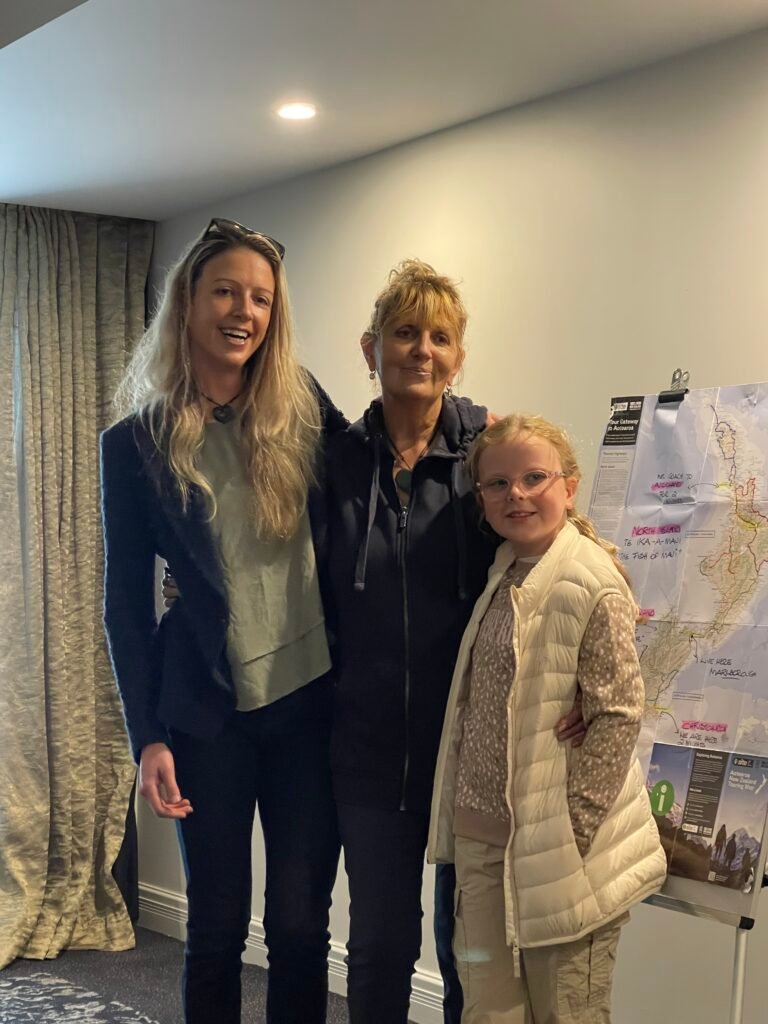
Our guide Catherine with her daughter who is a Master Wine maker, and Catherine’s granddaughter Isabella.
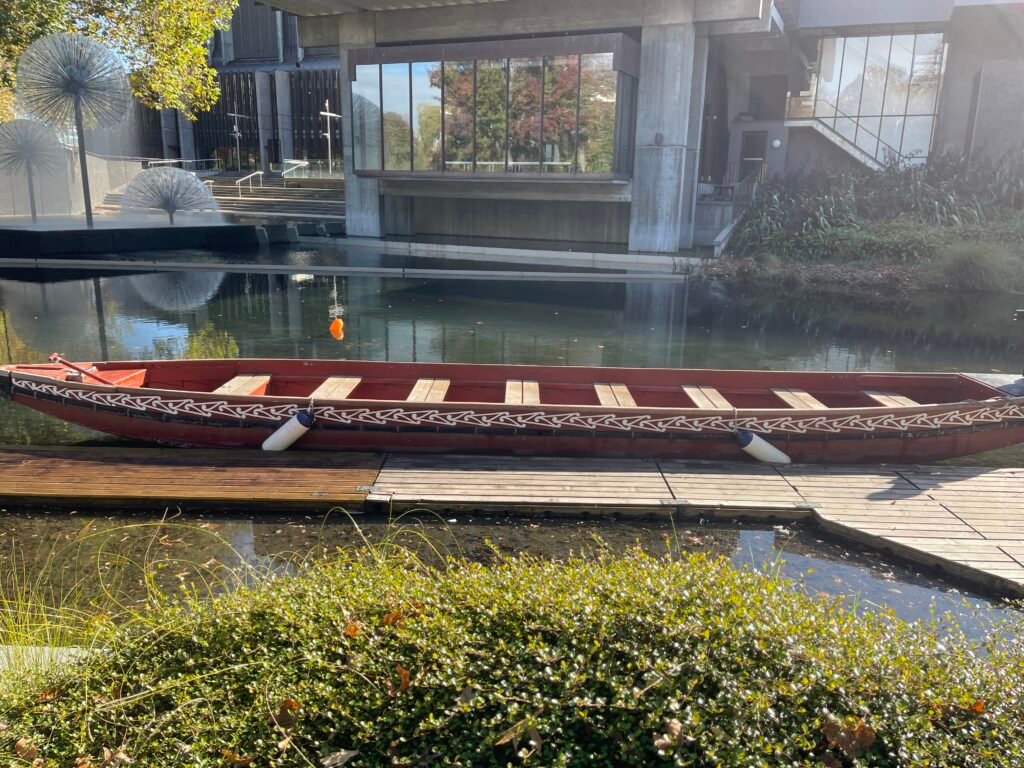
Kayaking
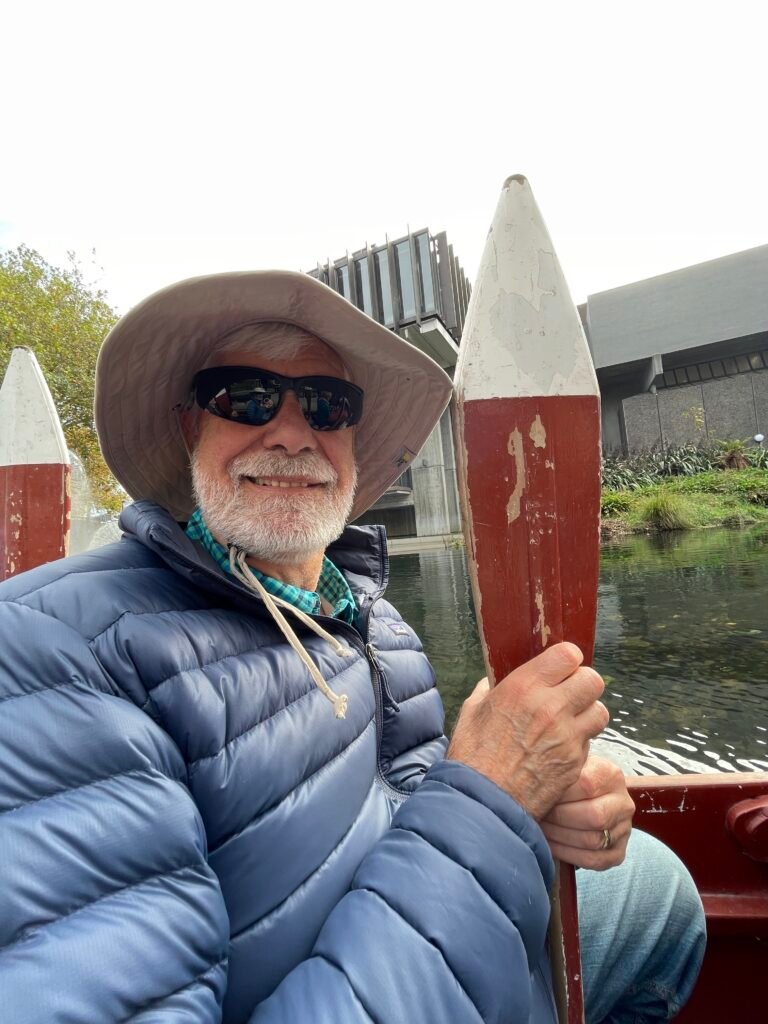
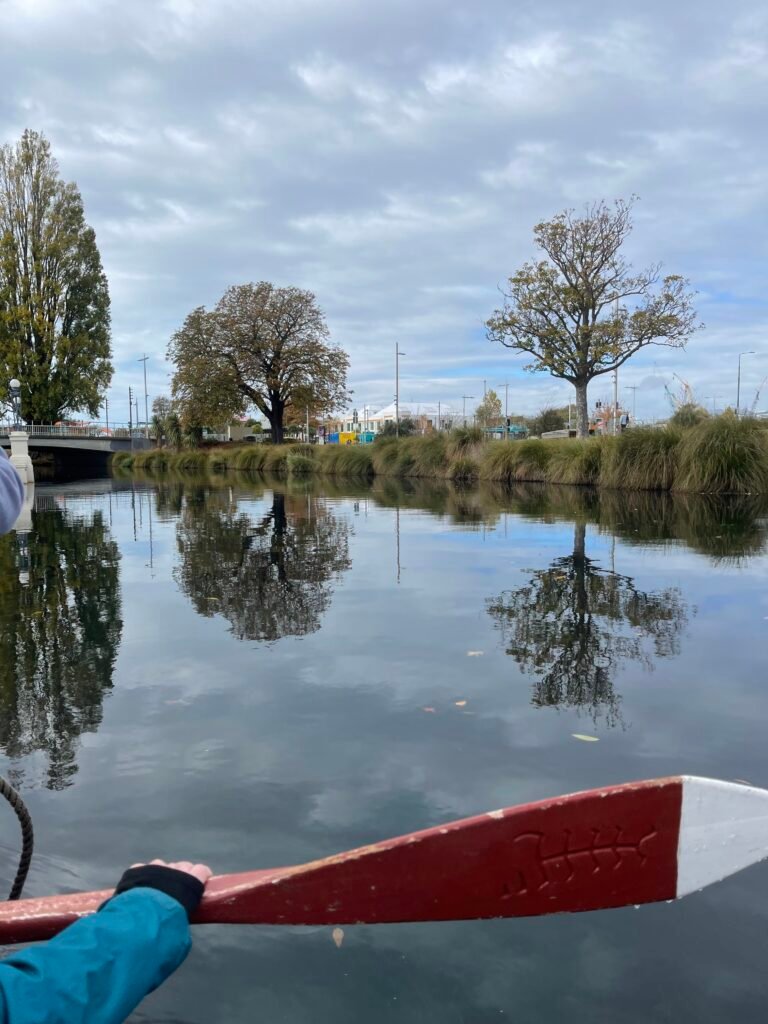
We all worked together and went down the river

It is autumn here and just beautiful

Care for the people
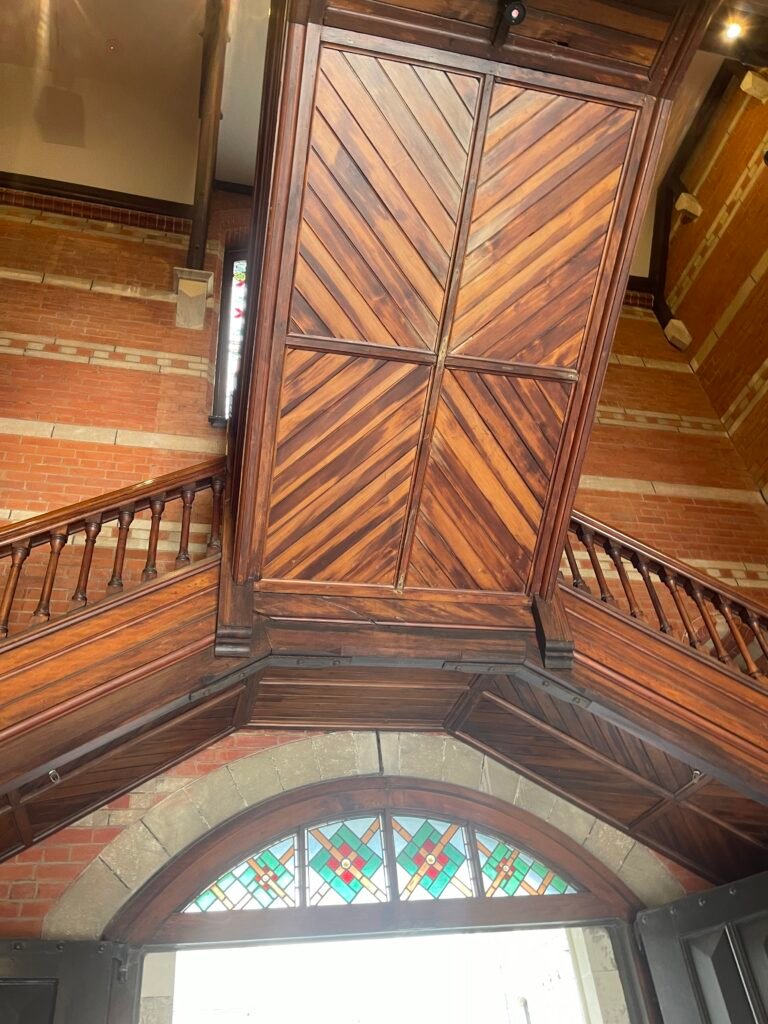
The Arts Center
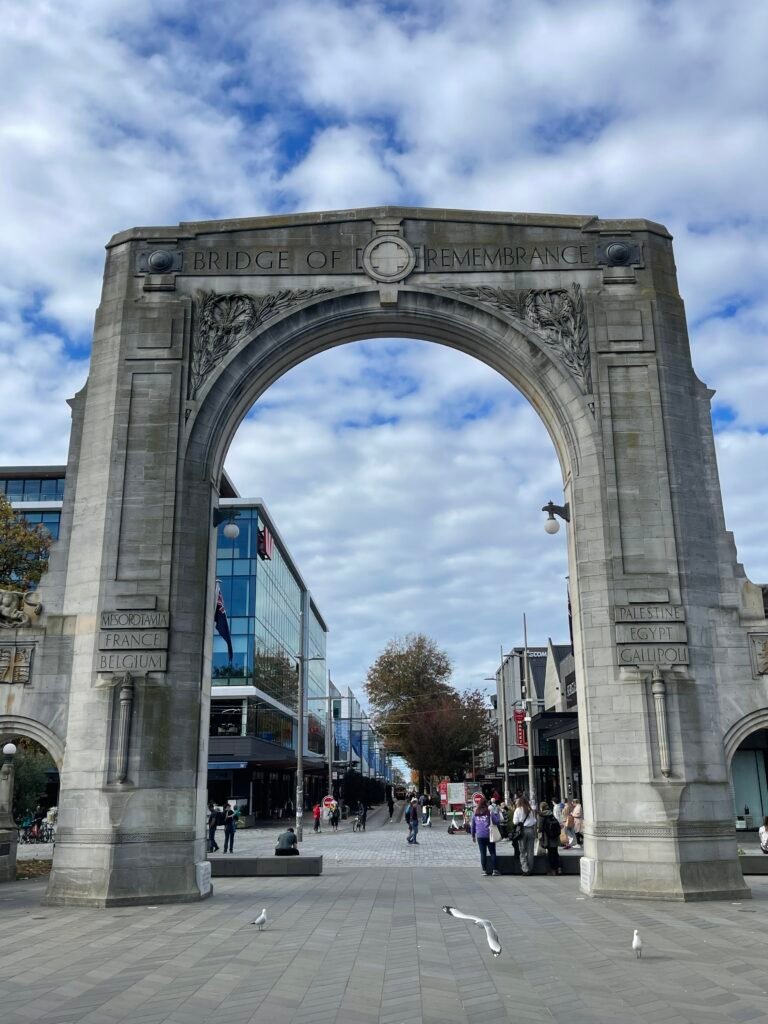
Bridge of Remembrance

Delicious Chicken, brie, and cranberry kiwi pie. It’s not made with kiwi…it’s just the name of the pie that is so delicious and served all over.
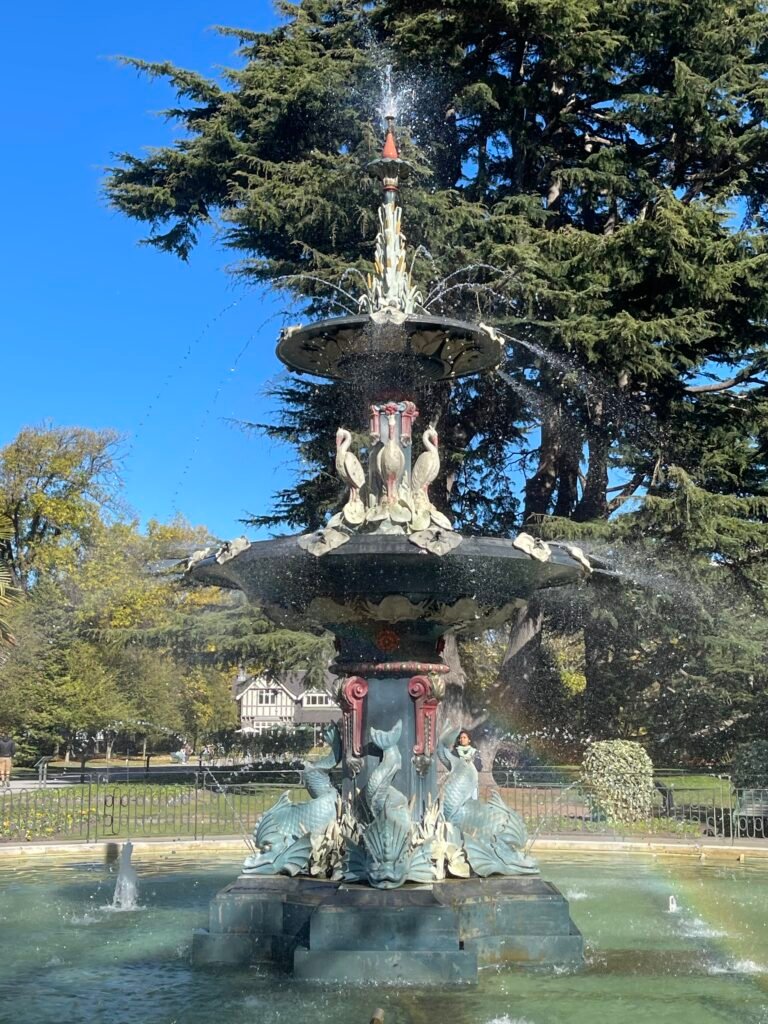
The peacock fountain in the botanical garden
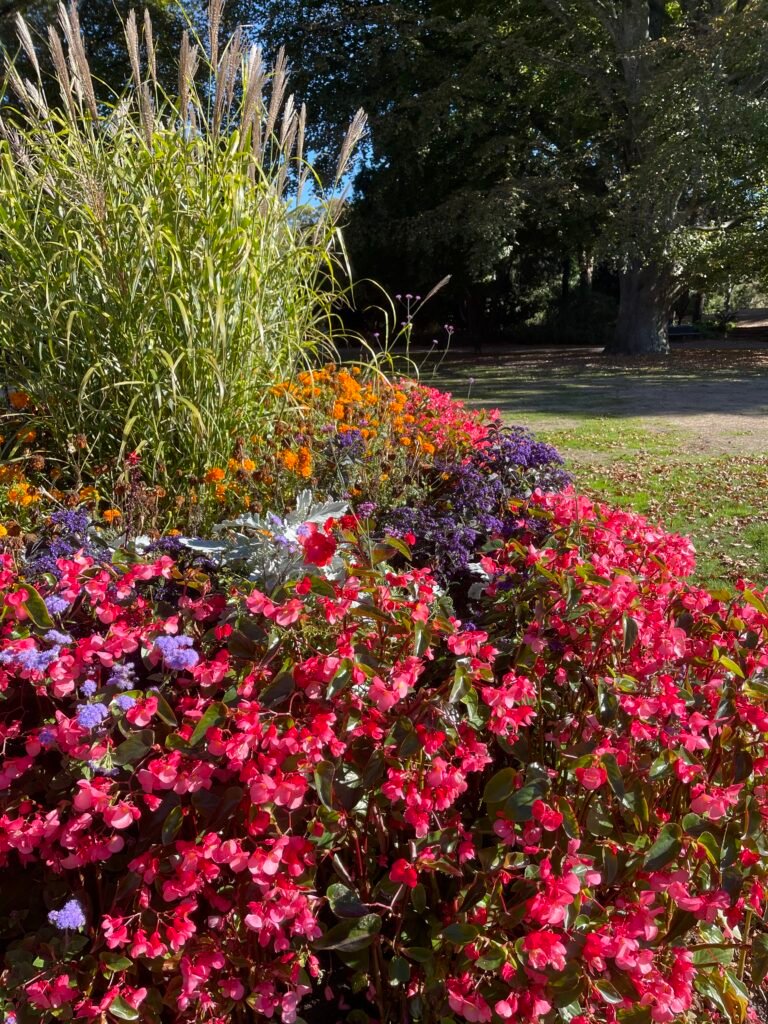
Flowers were in bloom
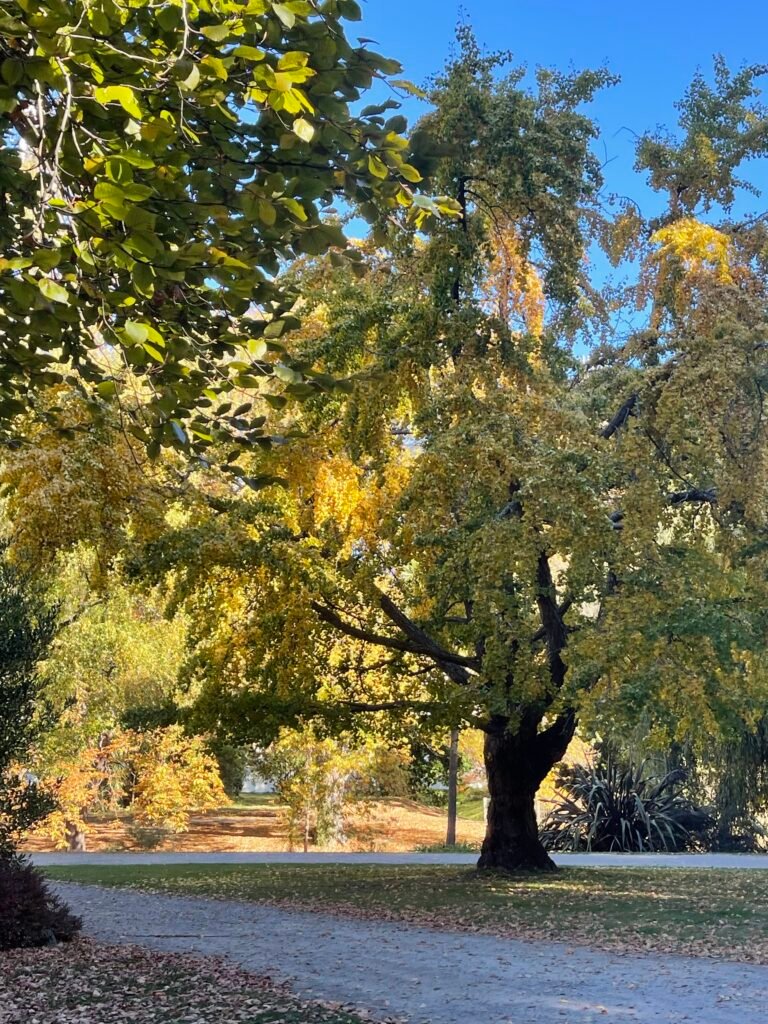
Trees are changing colors
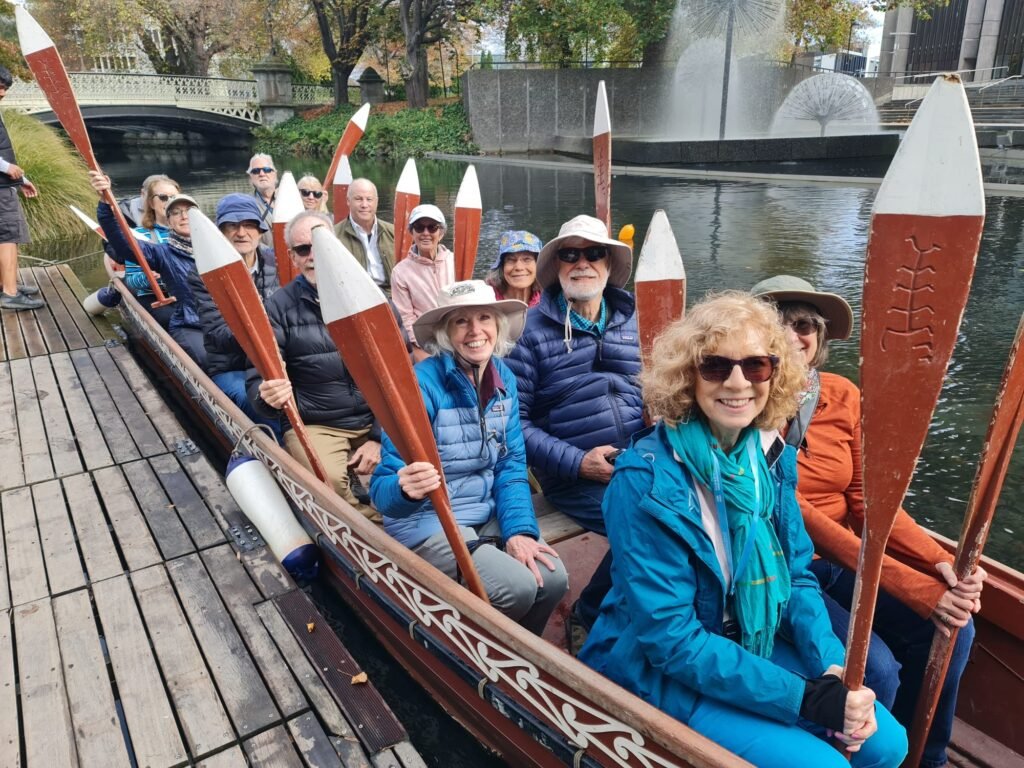
Kayaking
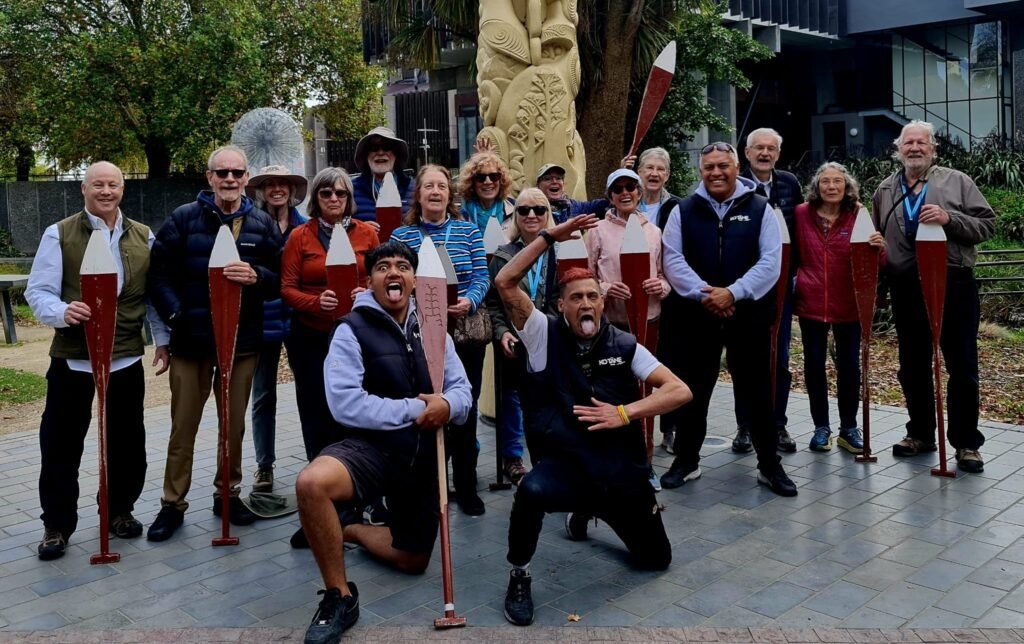
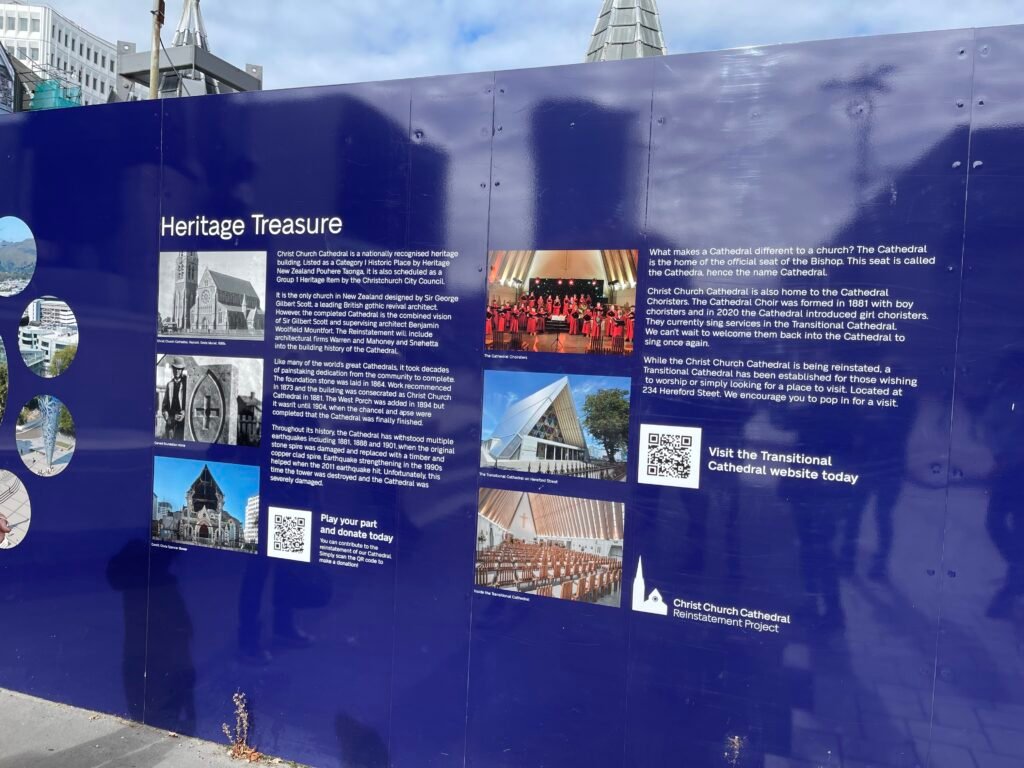
Info about the Christchurch Cathedral
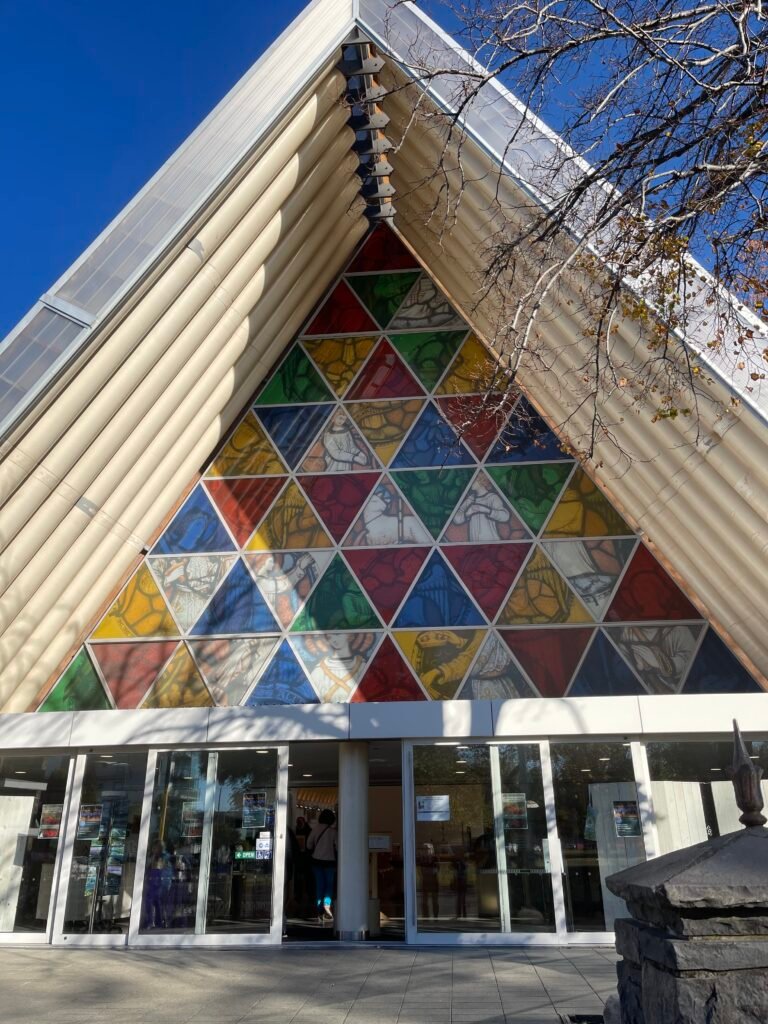
The Cardboard Cathedral
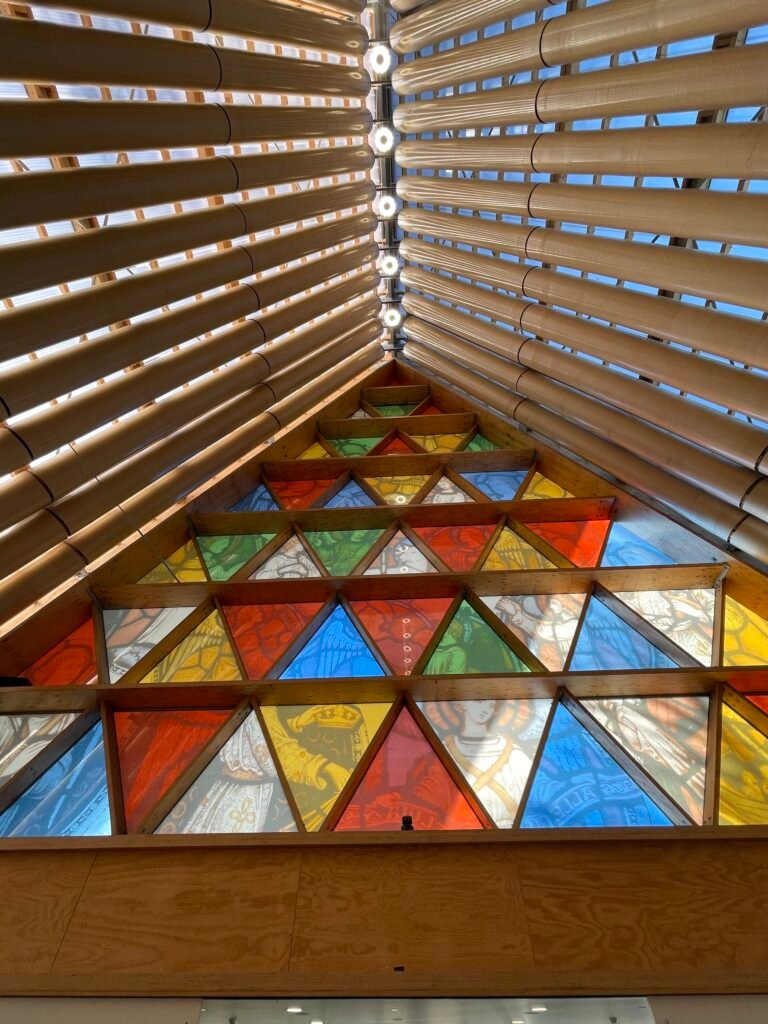
The triangular stained glass
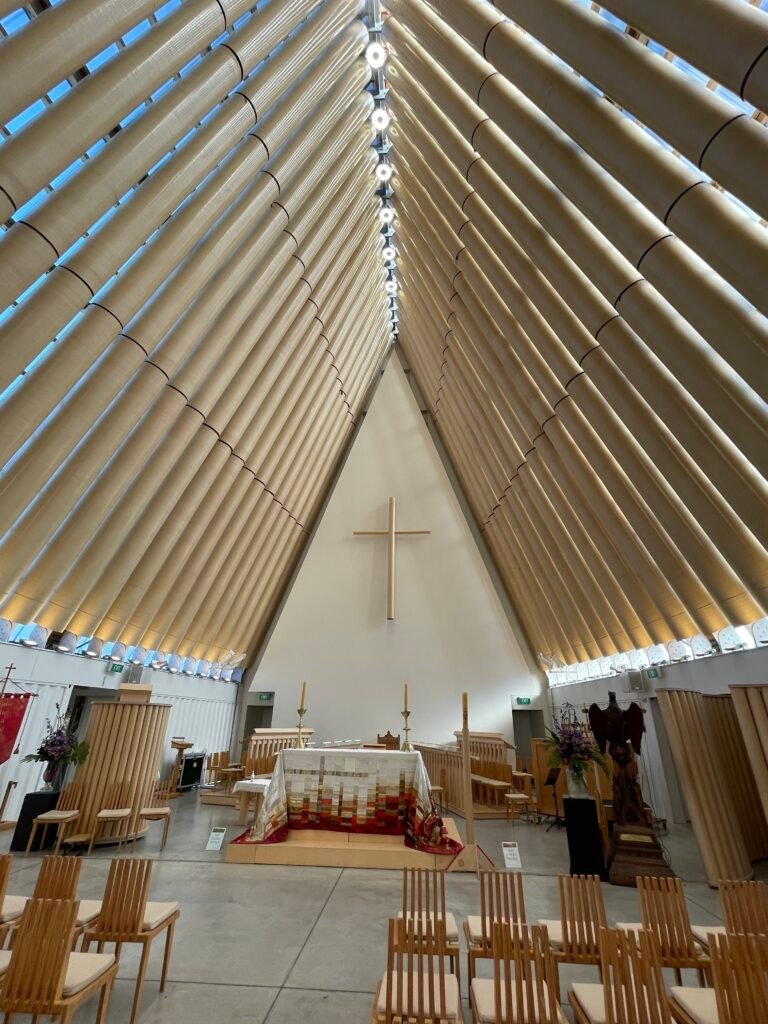
Inside the cathedral
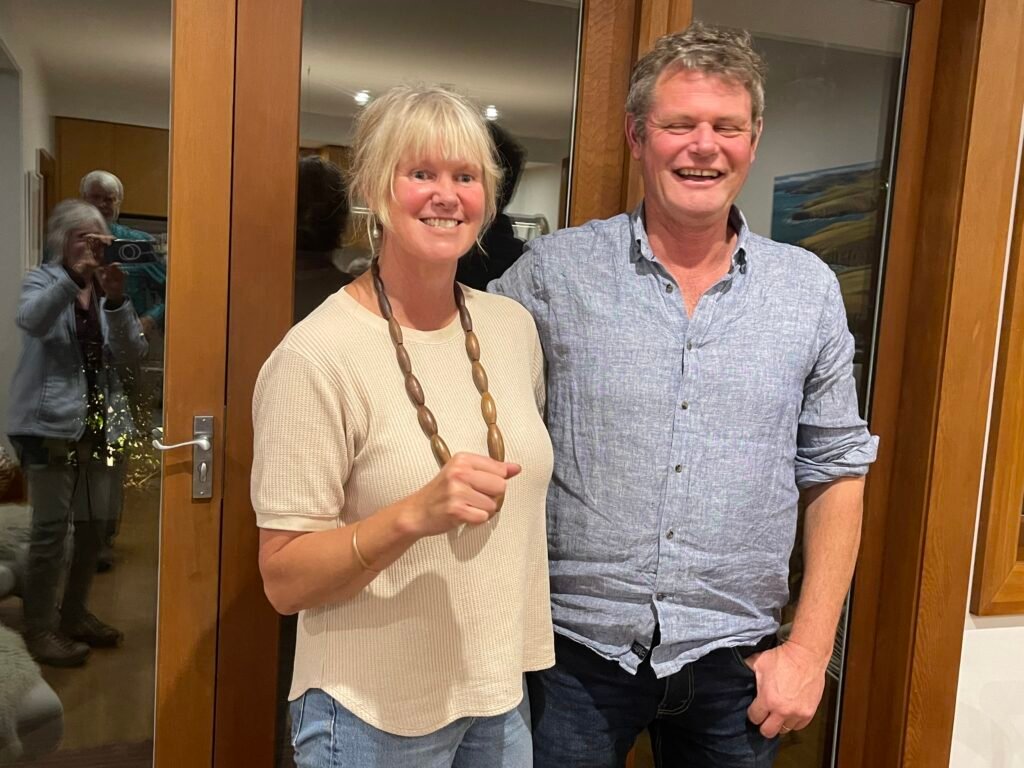
Shaun and Nicki – our dinner hosts

